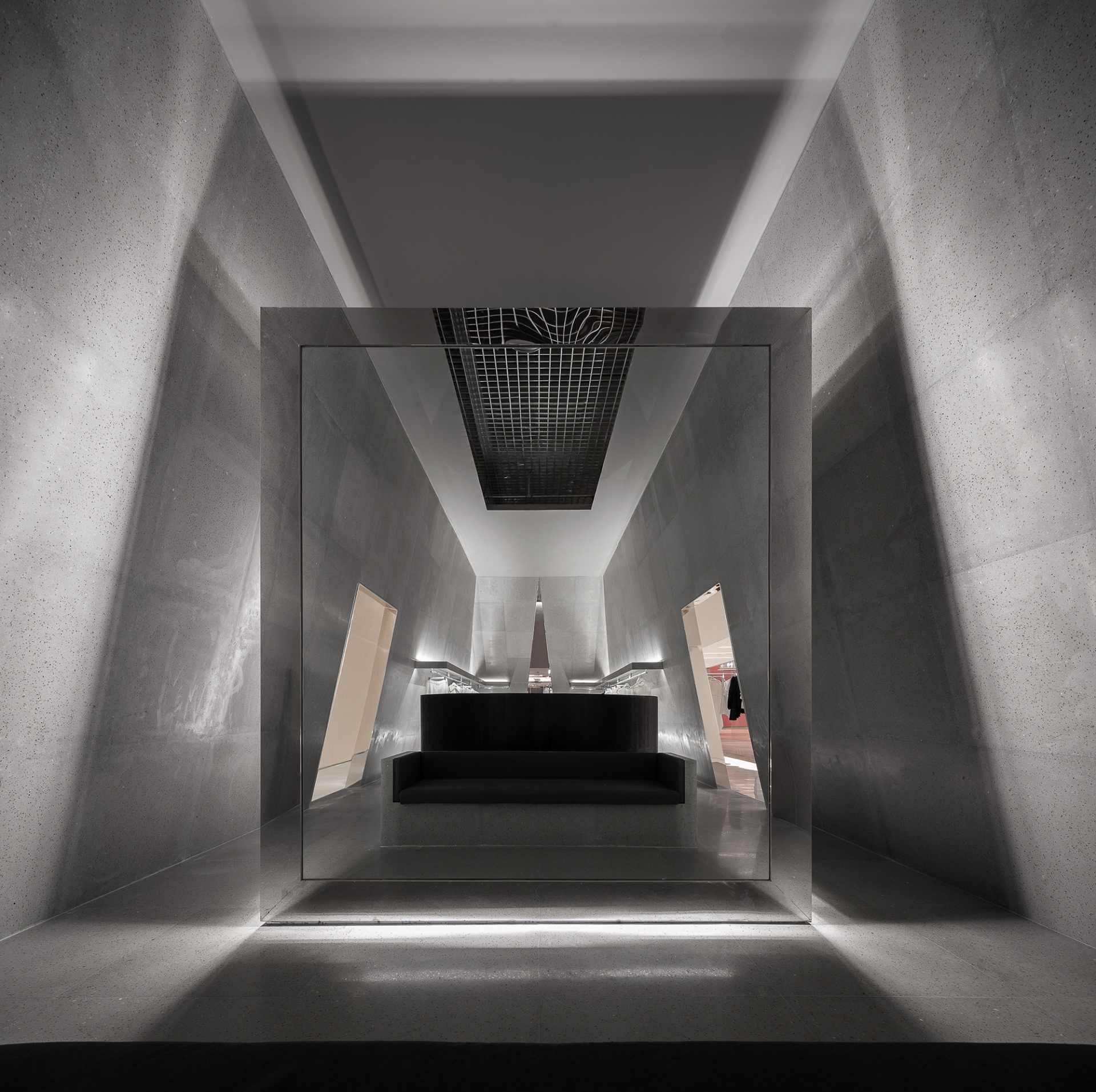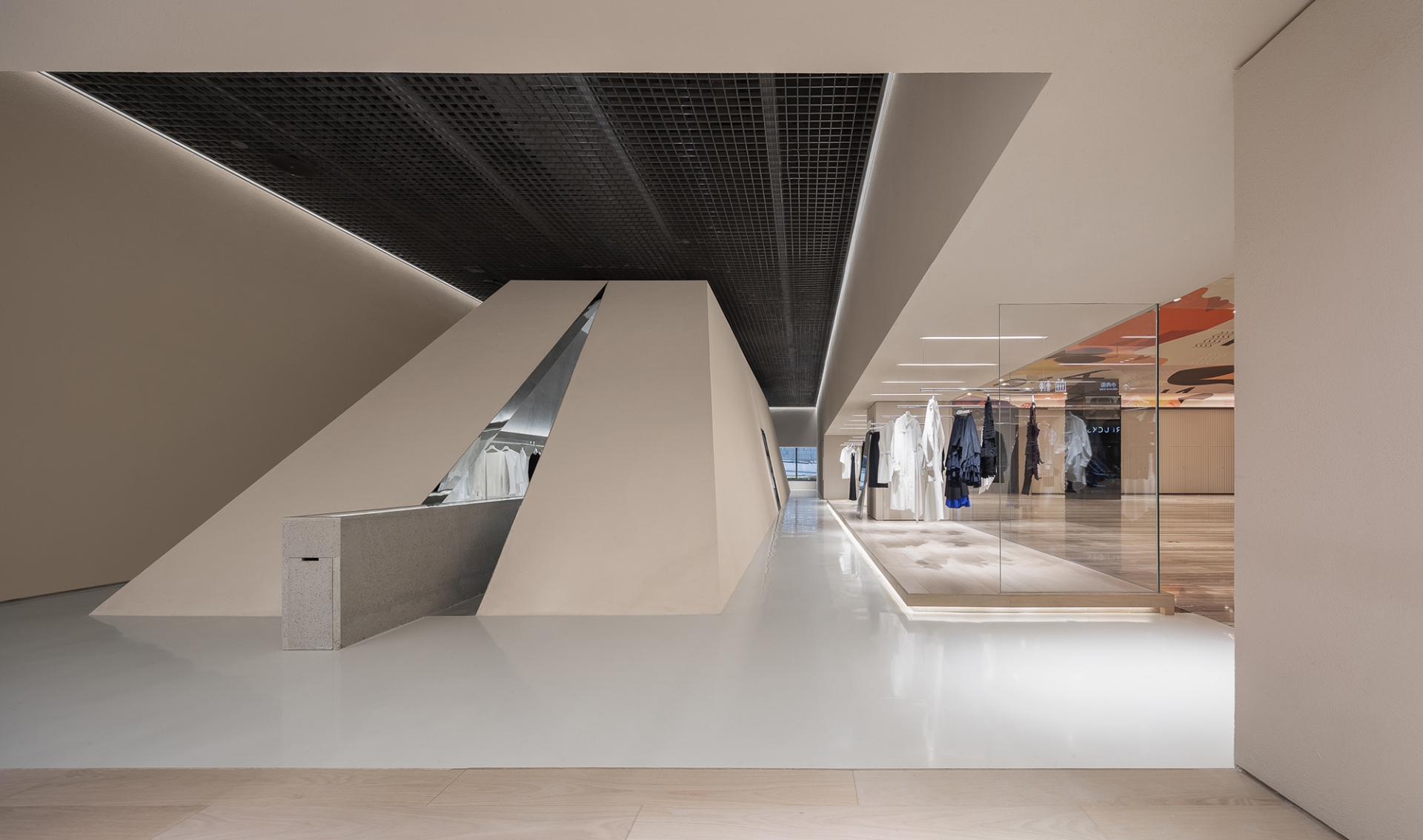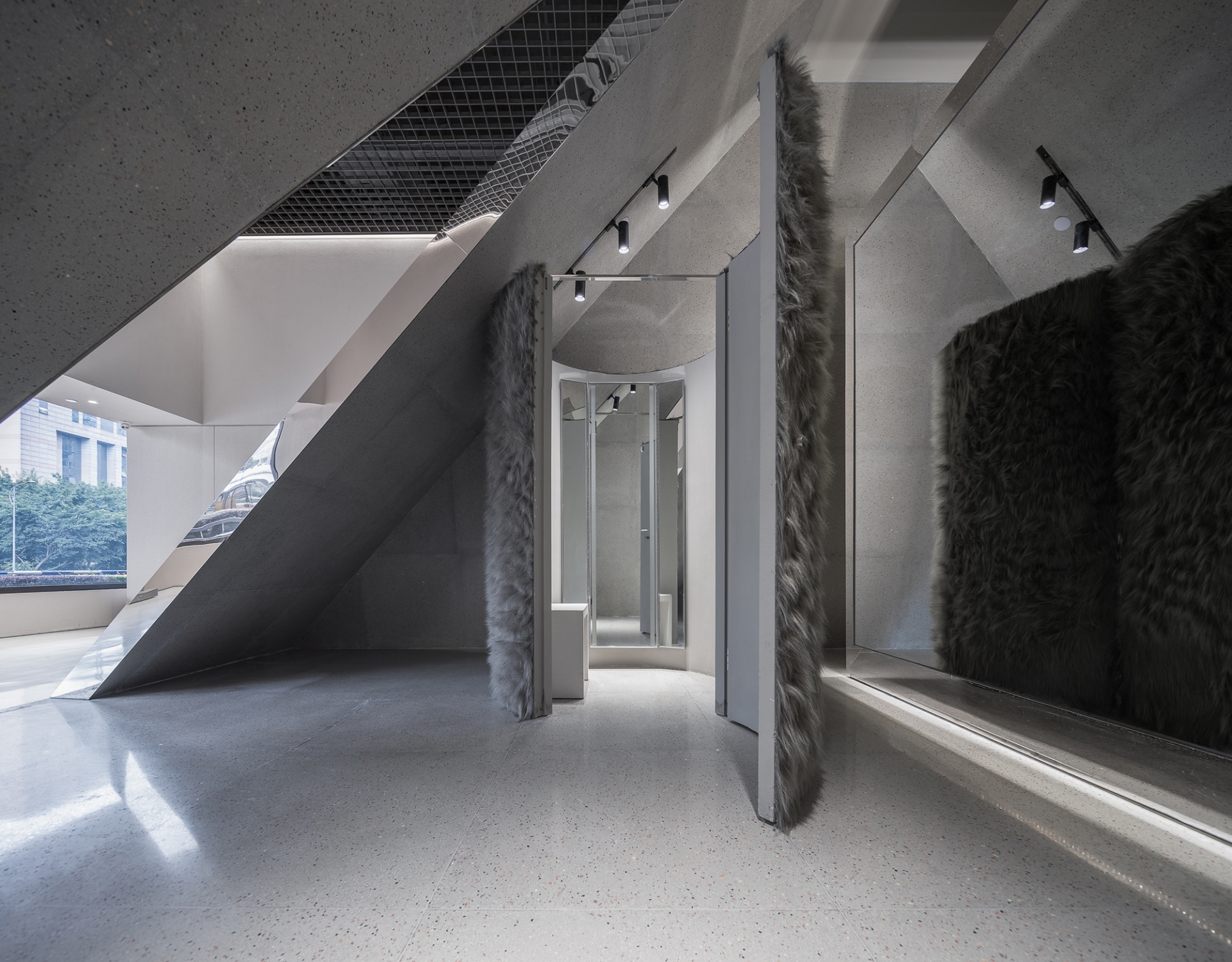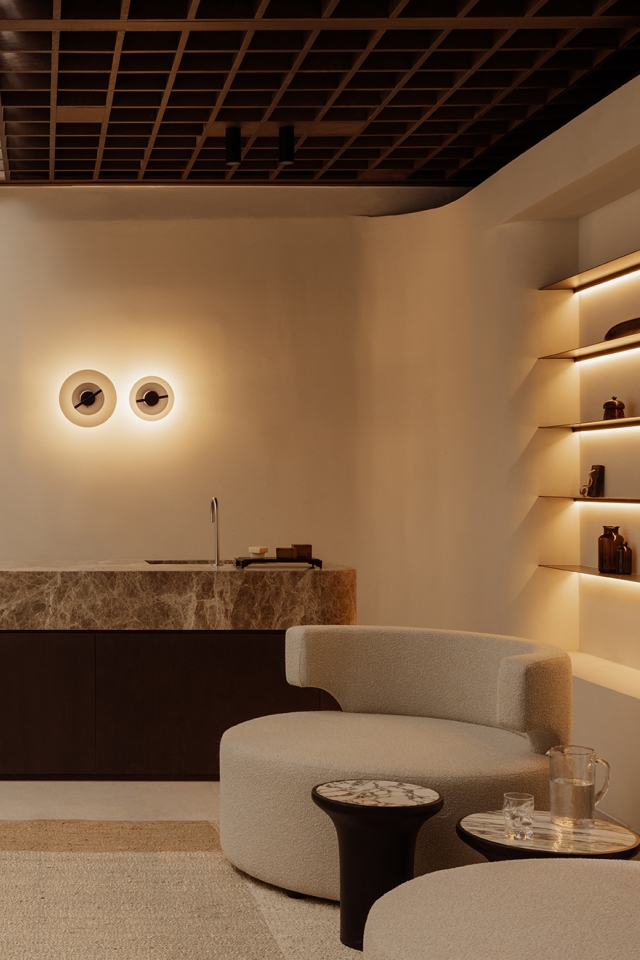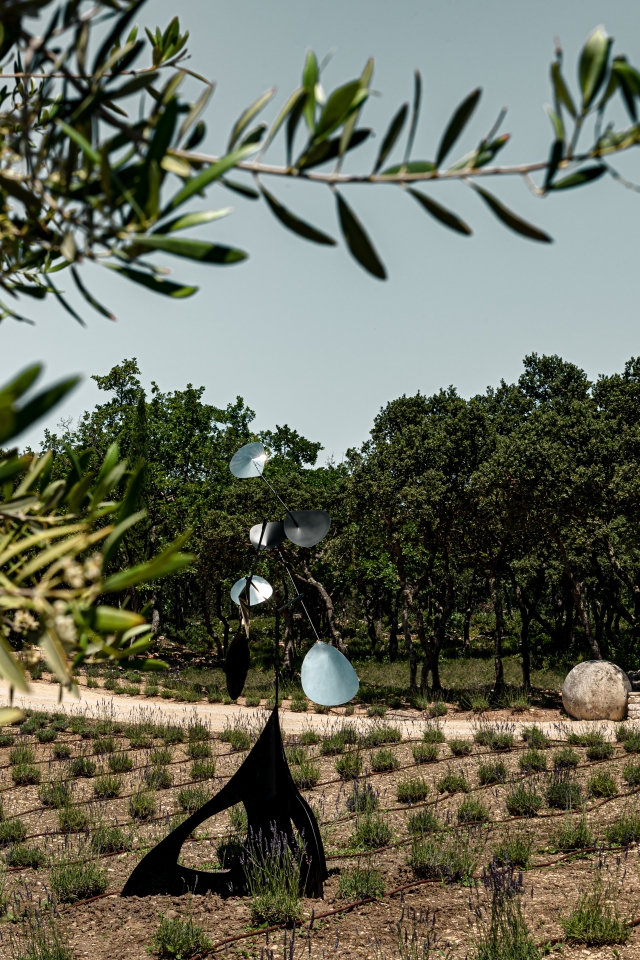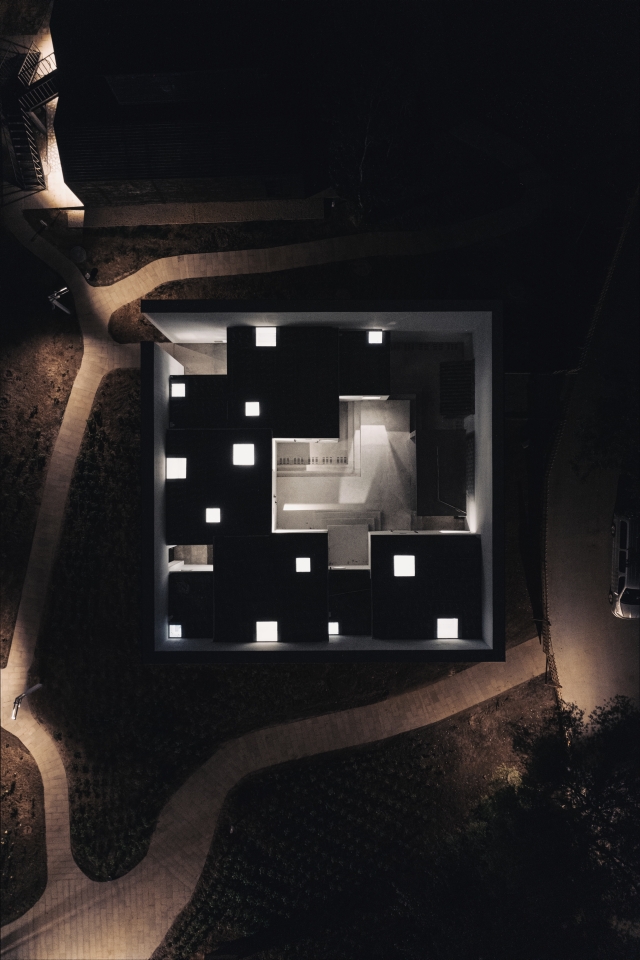As an architecture and interior design studio, Various Associates is committed to thousands of local and global design research projects. Established in 2017, it boasts a team of designers with international backgrounds and its professional scope covers architectural space, interior design, material research, interactive design, etc, where the studio is committed to exquisite, experimental, social and innovative project design and research. Starting from the space function, through the study of materials, they challenge conventions, pay attention to details and quality, and create unique visual effects for each project. At the same time, as a cooperation platform for artists and designers, they hope to combine creativity and technology to explore the past, present and future, and break the boundaries of creation.
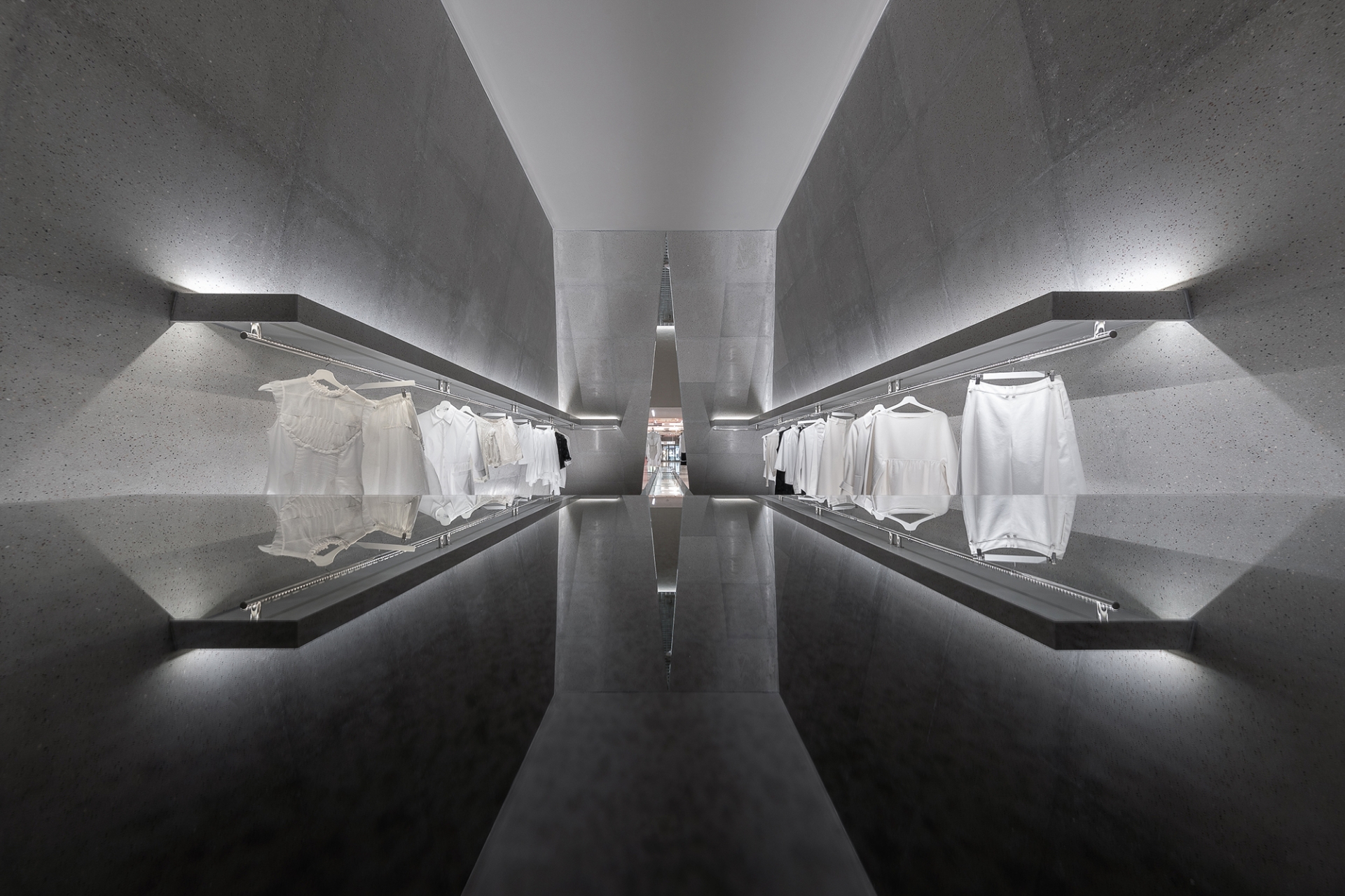
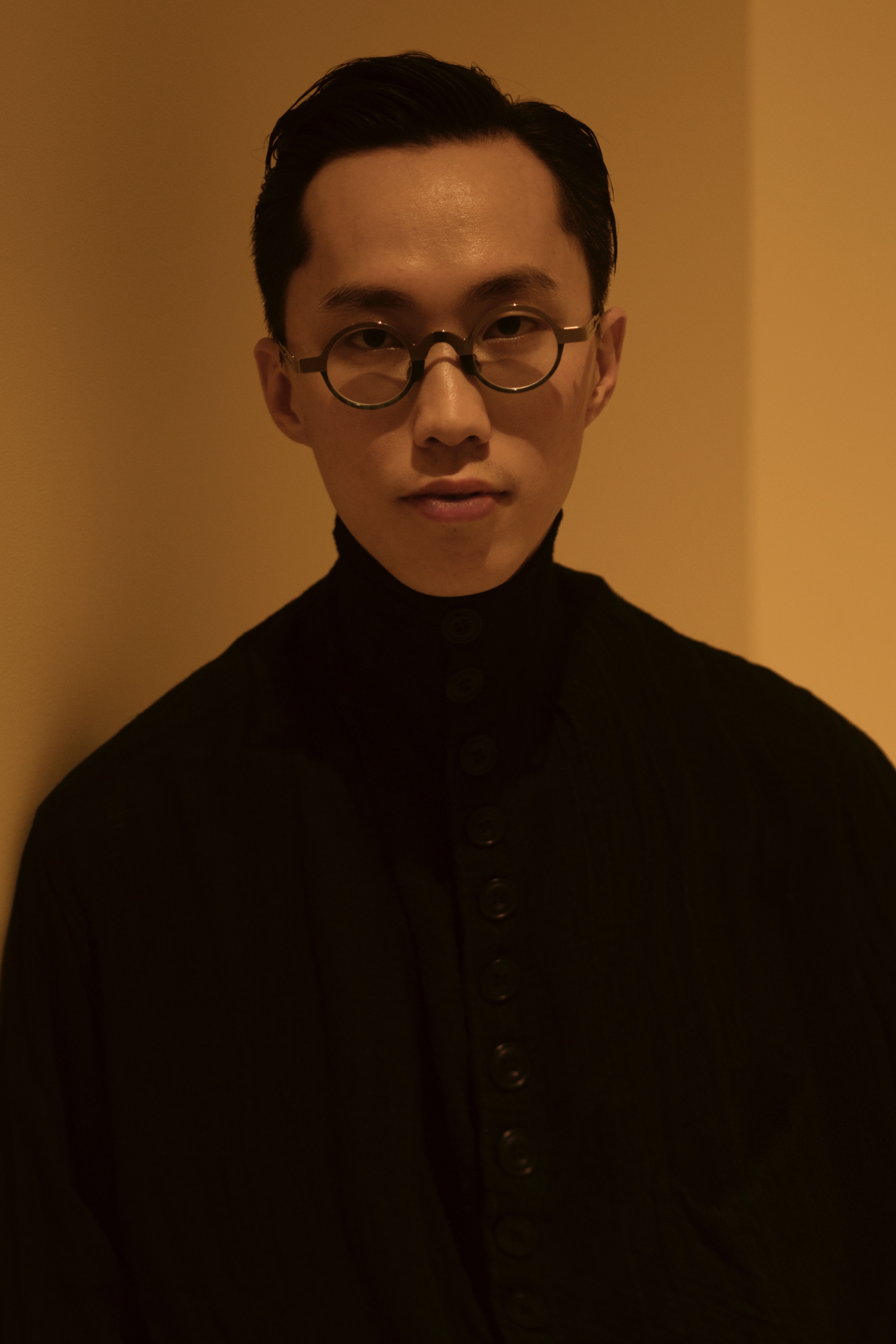
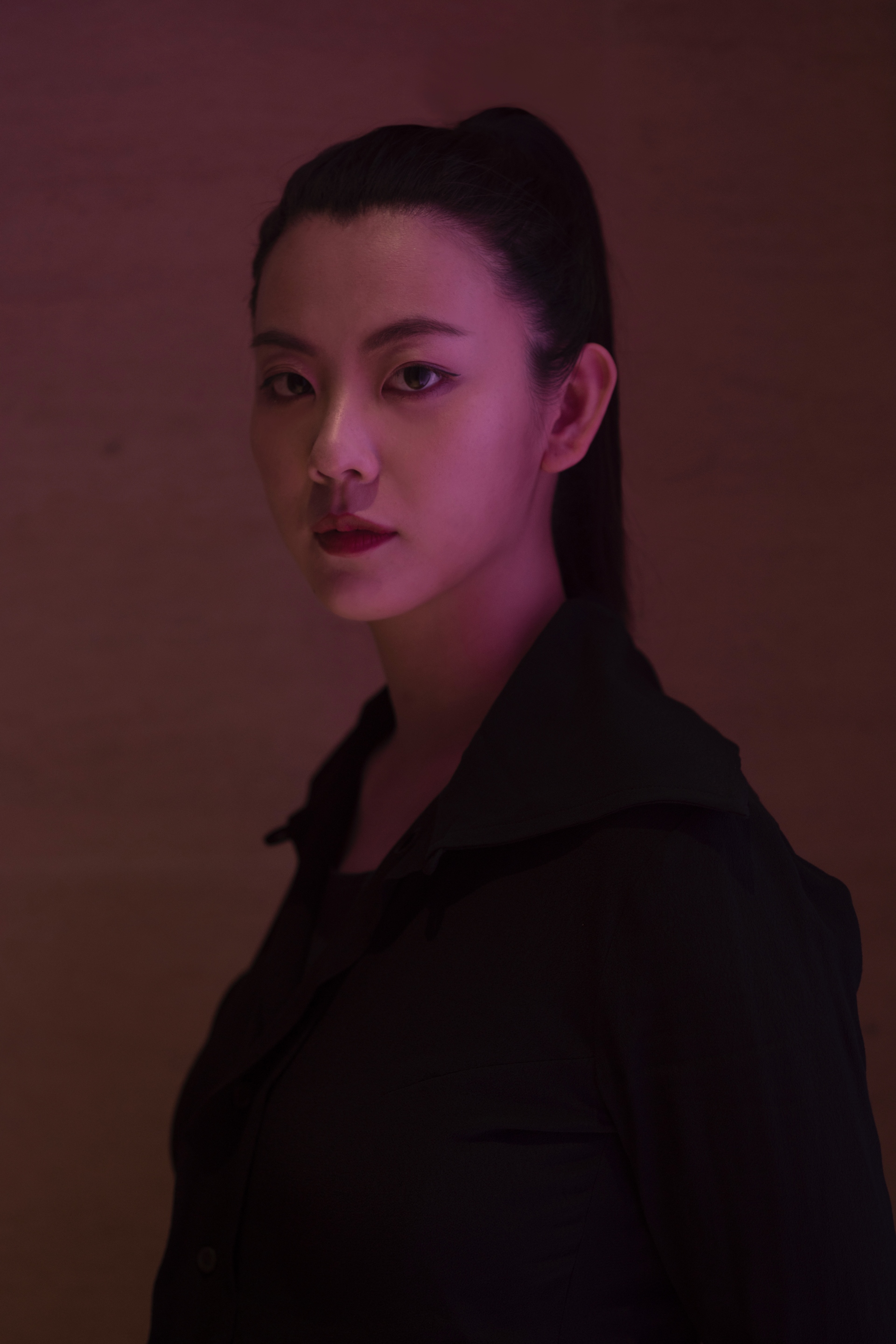
Various Associates believe that the method of driving everything is based on human experience, rather than any fixed design dogma. Each project has its own unique background. How one analyses and researches the location, personality, functional requirements and history of the project to create its own independent logo is the key to creating the work. In addition to the design itself, Various Associates is also committed to studying the relationship between space, structure, materials, and lighting, thinking about more possibilities from the fundamental combination of design and function, rather than adopting a unified model style. Being unique, adapting measures to local conditions, starting from the brand, culture, and environment, and exploring more design possibilities are the directions that Various Associates has been committed to. Their belief is clear - that design changes life.
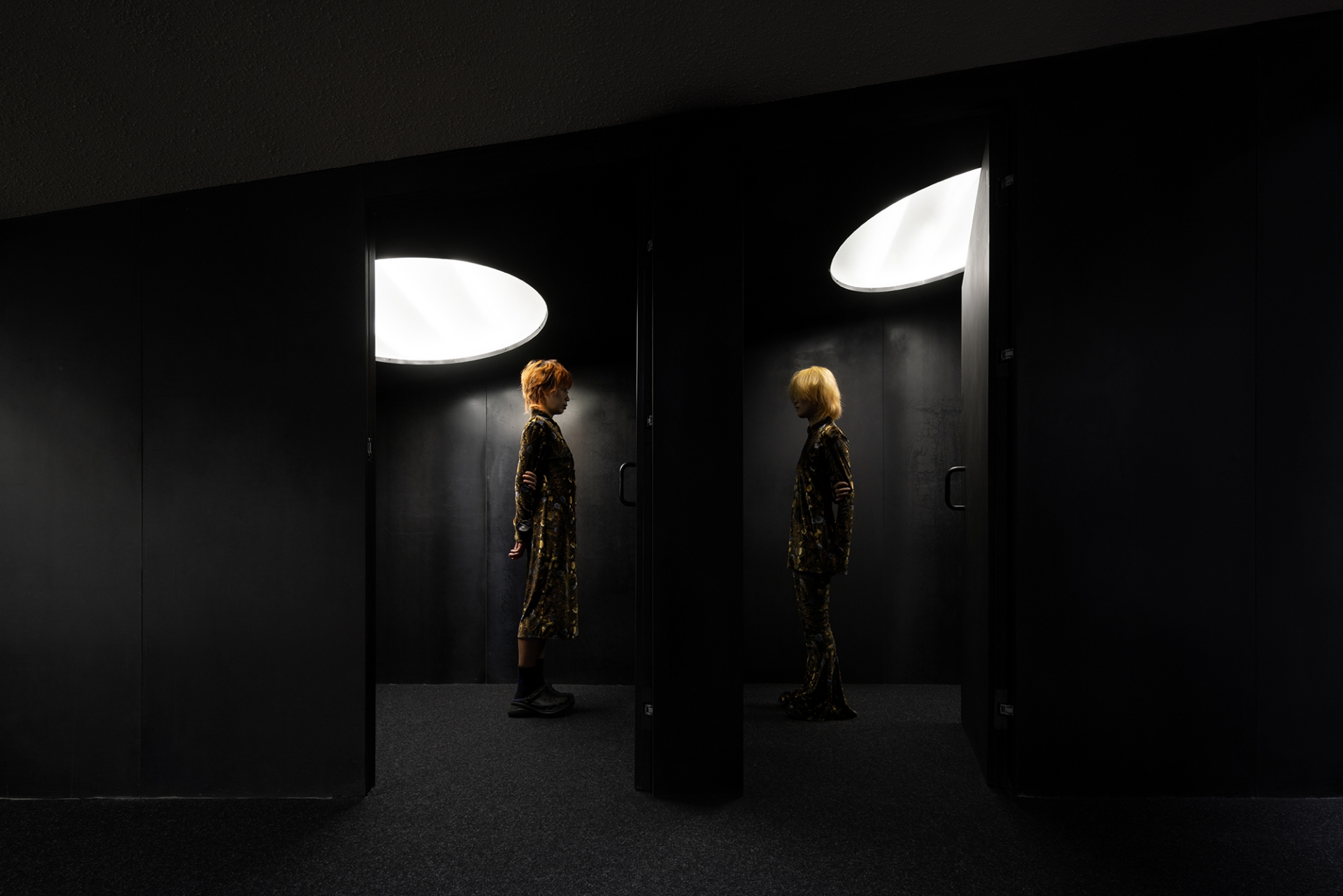
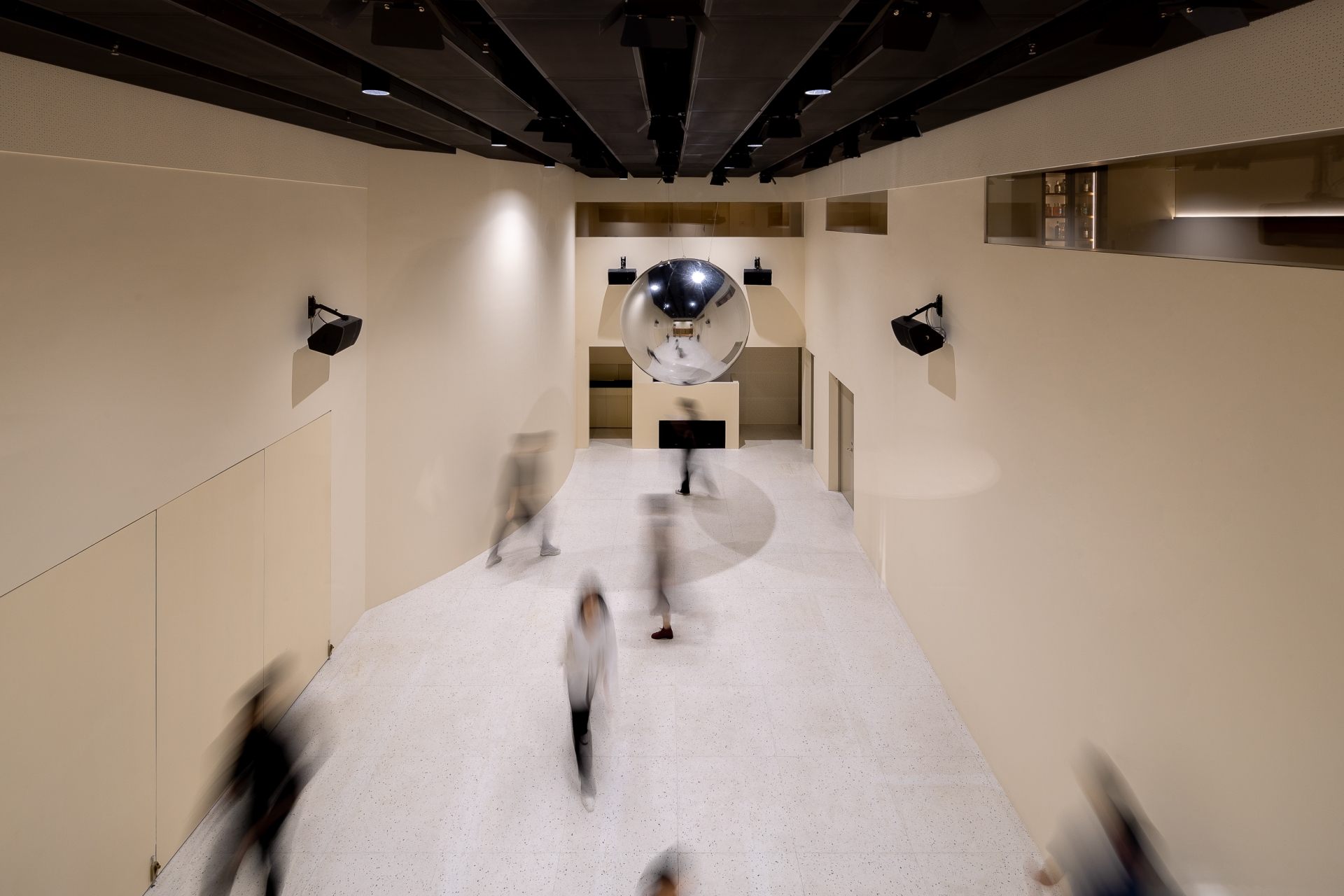
Can you briefly introduce your design background? What prompted you to set up Various Associates?
Qianyi Lin (Lin): We met in the UK and have been classmates for many years - we graduated from the Chelsea College of Art in the UK and gained our postgraduate studies in interior and architecture majors from the Royal College of Art. Our beliefs as creators are similar, based on passion for creativity and design, and we share the similar vision that "creativity and aesthetics have no boundaries, and should have more possibilities under the right role". This mindset fuelled the completion of a project in Shenzhen Bay. After a lot of support and recognition from society, we set up Various Associates (which means different partners) but also implies the collision and integration of multiple elements.
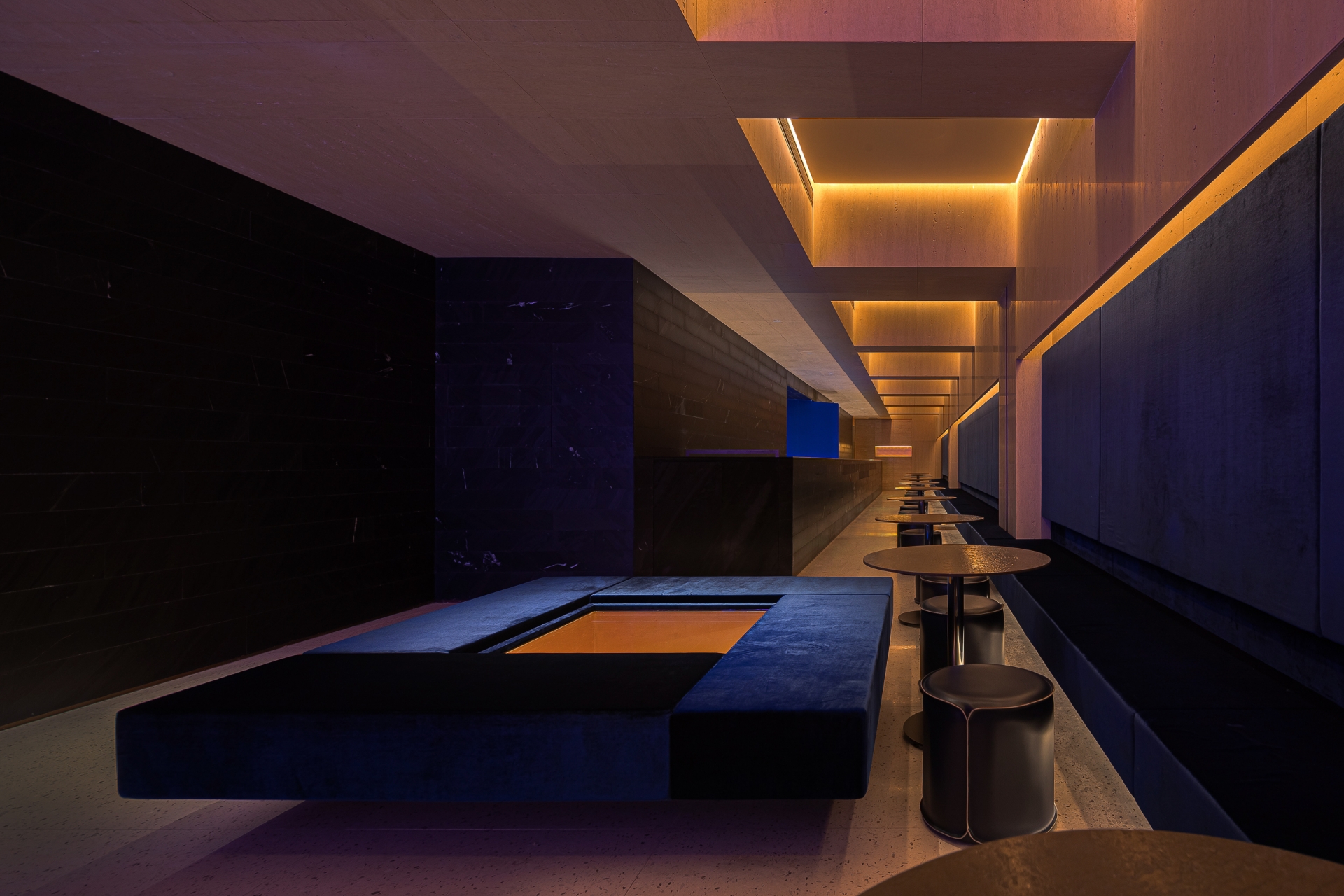
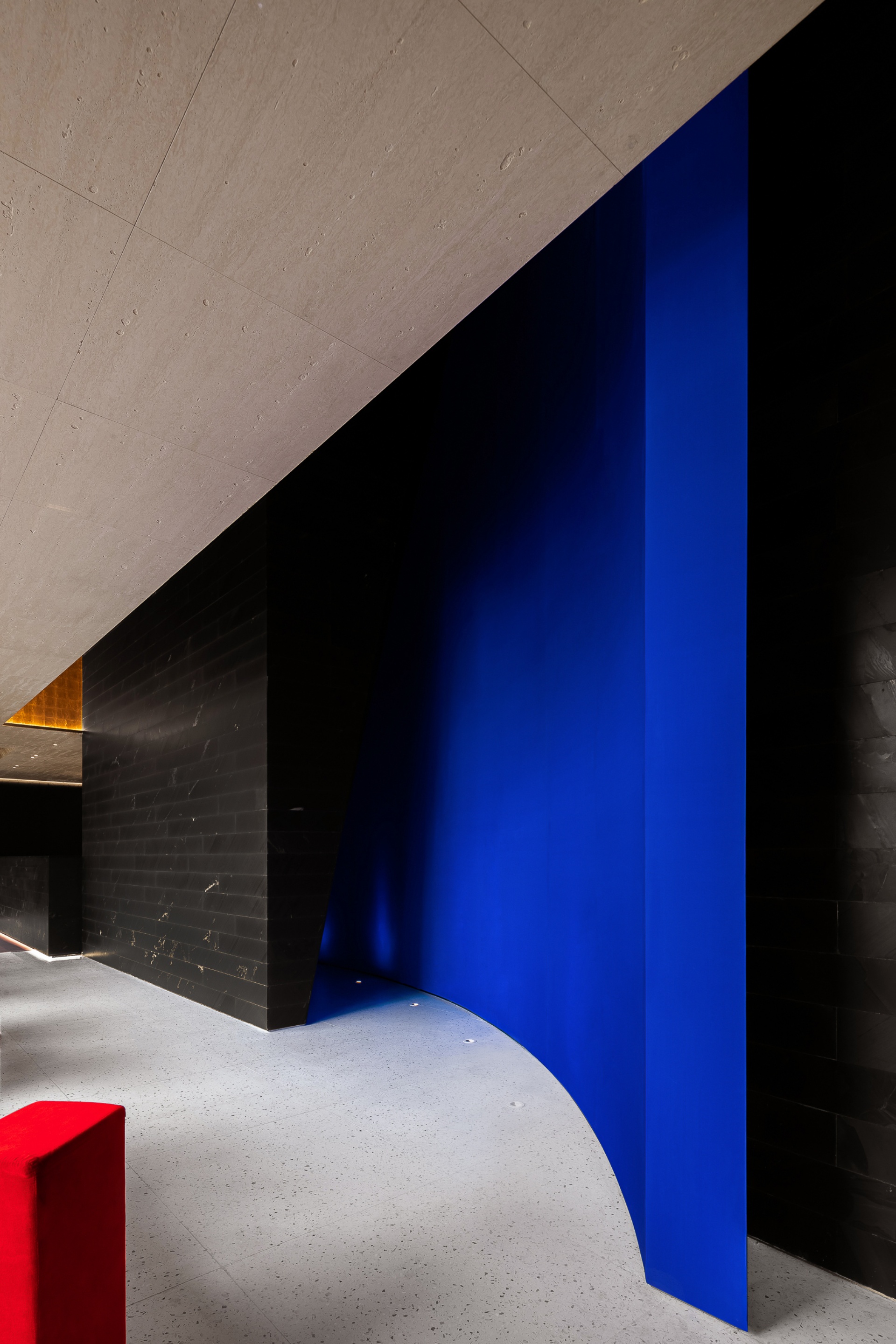
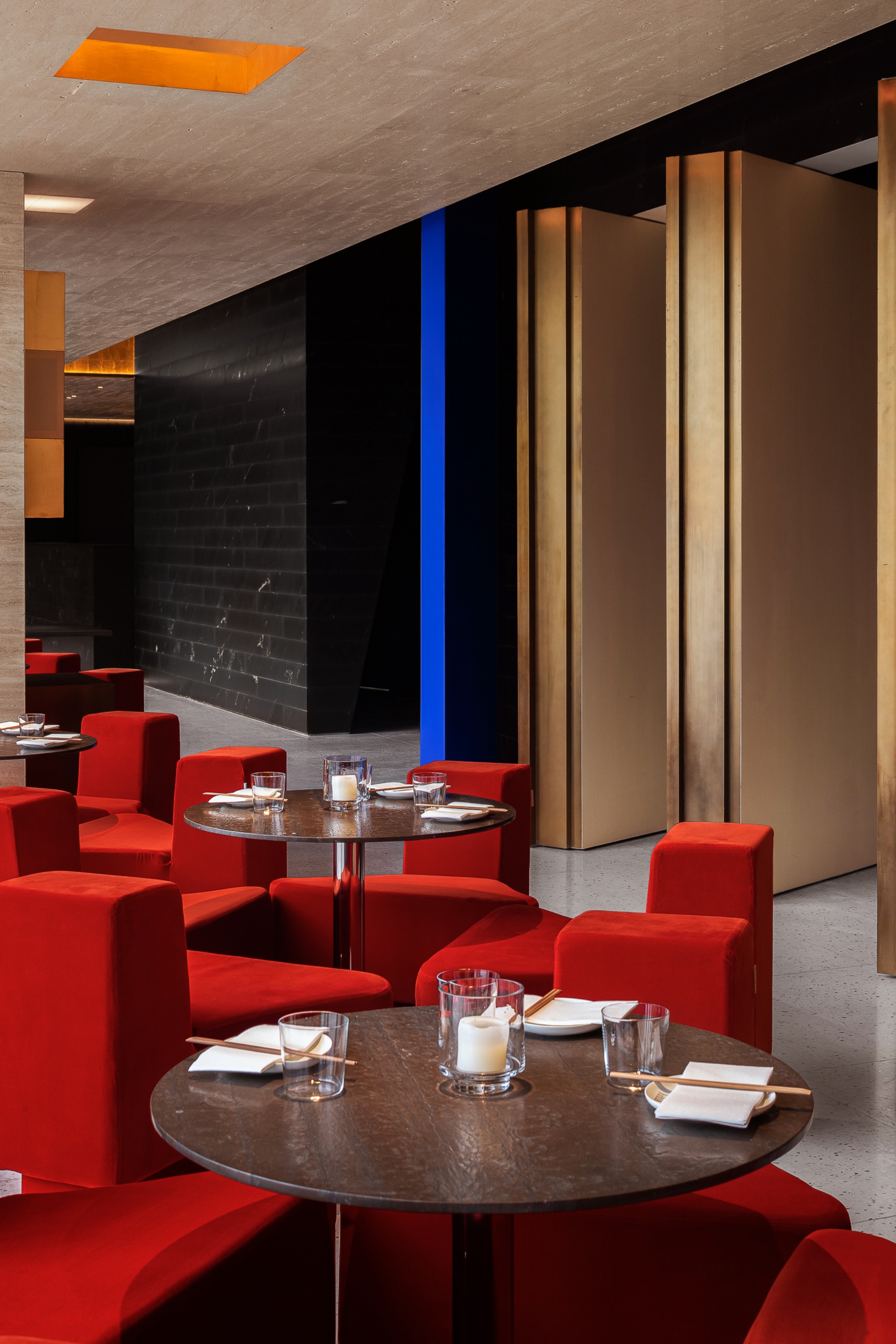
Dongzi Yang (Yang): For me, our partnership may be more due to the fact that our feng shui elements support each other. As a native of Zhejiang, I have been particularly fond of oriental artistic conception since I was a child. At the age of 12, I began training in calligraphy and painting, and embarked on the path of artistic creation, and in college, I chose to major in interior and architectural design. After delving deeper into this major, I realised I loved this vocation even more, so I chose to engage in this as a profession.
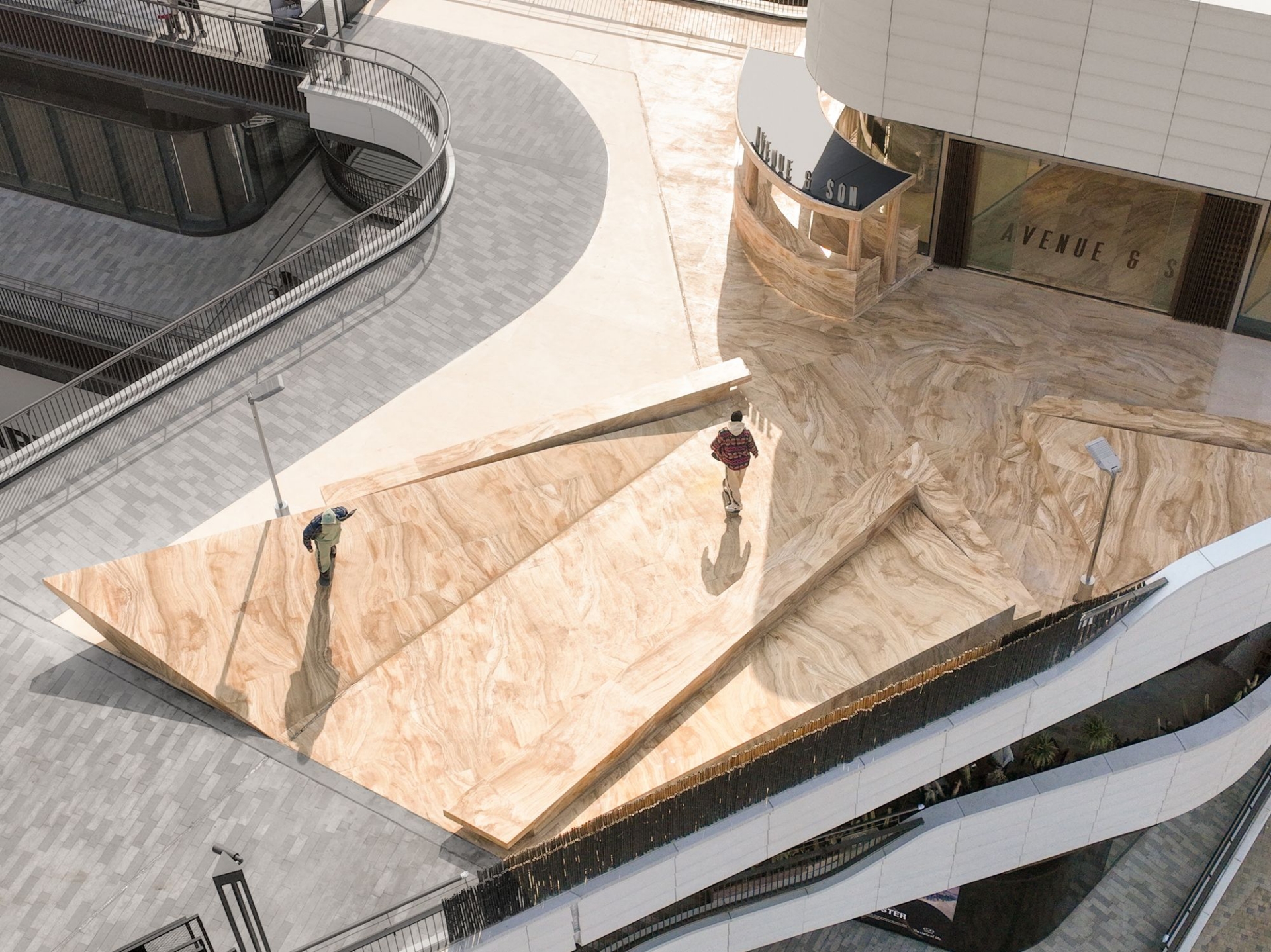
How would you describe your unique design aesthetic?
Lin: It is in fact difficult for me to generalise, because my aesthetics are very diverse and changeable. But Dongzi and I have a common requirement for our works, which is to create space with the spirit/sense of place. I think that whether it is architecture or space, as long as it is a place that accommodates people, it must have its own meaning of existence, and all the elements that form the ultimate meaning are generated in a specific state. People will all have their own personality and spirit. What I enjoy is how to refine this spirit based on people's real sense of experience, combined with structure, lighting, materials or some unique moving lines. For us, design has no boundaries, so Various Associate’s methods are not singular or identical, but more about thinking and integrating different elements. Some people have described us as doing "inner architecture", and think there are many architectural aesthetic expressions in our works. This statement is also quite interesting to us.
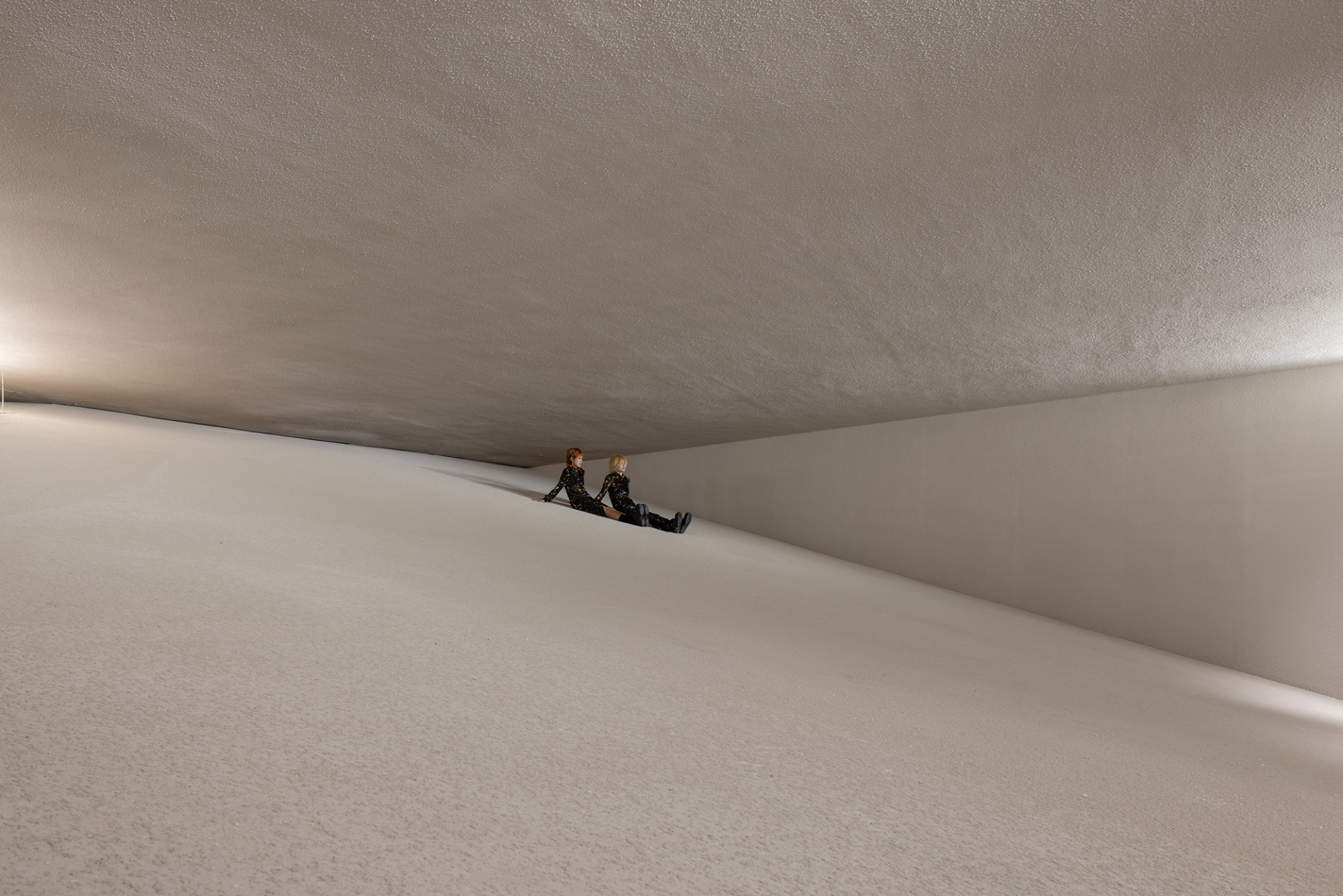
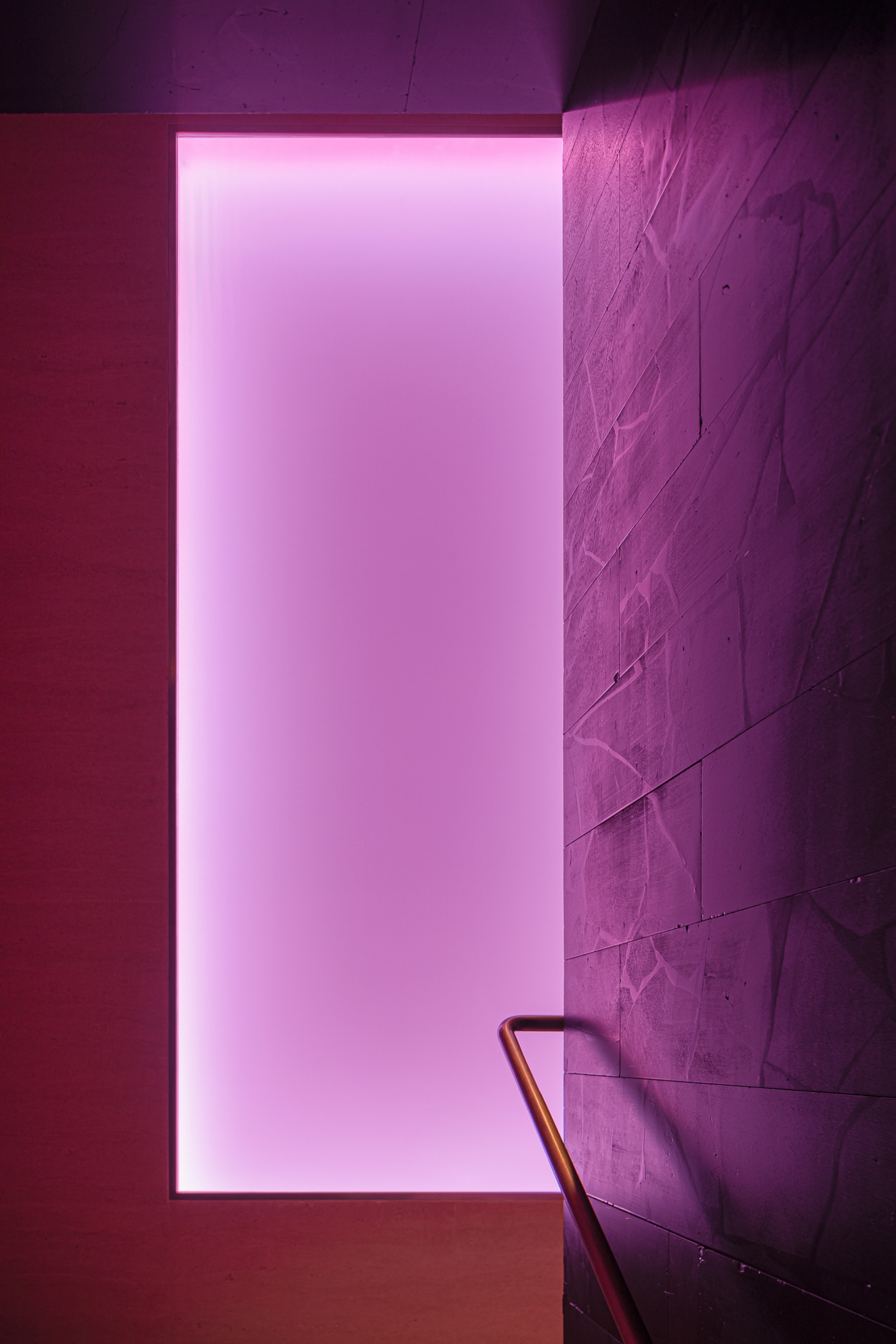
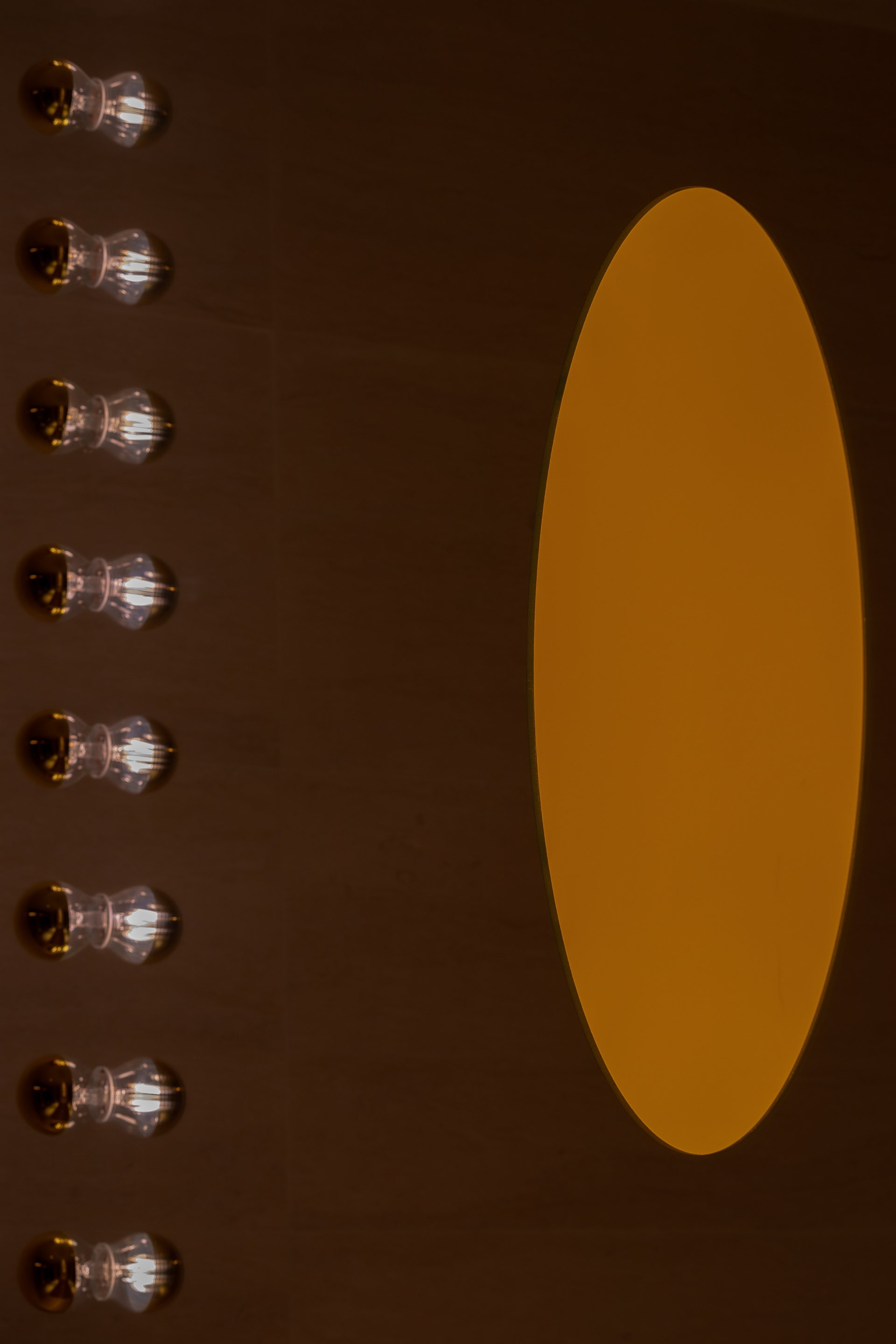
Yang: Lin mentioned that each space should have its own place spirit for different properties. I agree with this very much. Spatial emotion is an aspect our company is very well versed at. I think that aesthetics are always changing, and that times are always changing. Change is a direction that should be elaborated as essential content. I personally think that the aesthetics of space in essence is the emotion of space.
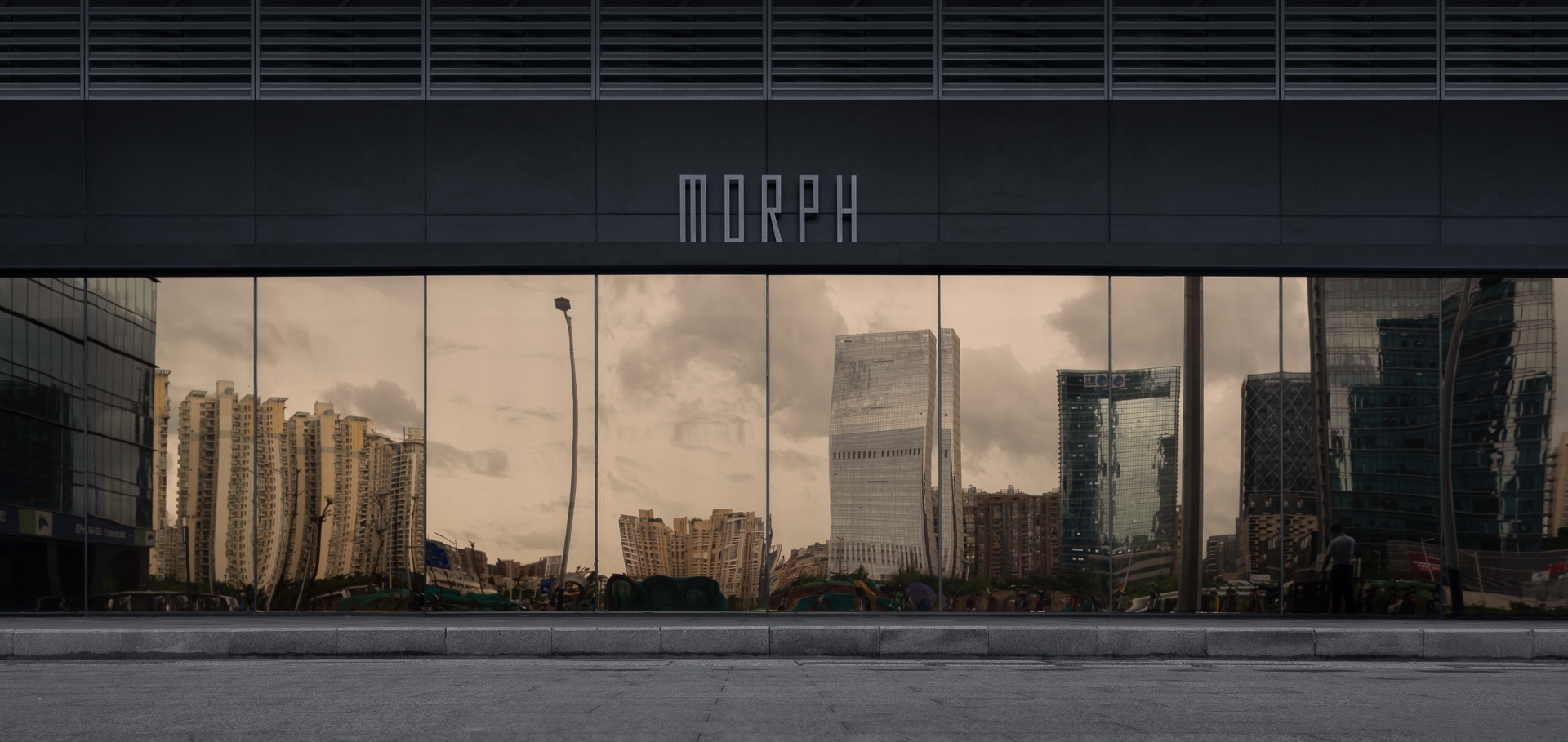
What do you think is the most important aspect of design?
Lin: We attach great importance to the positioning of the project, including but not limited to the research on the background, site, brand characteristics and users of the customer group. Mastering the precise positioning of the project can enable designers to better understand the brand potential and customer needs, so as to build a more complete design logic system. These rules draw a very vague circle for you, and within this circle is the place where sensibility is allowed to spread. After the integration of rationality and sensibility, it must be a project that can resonate with people.
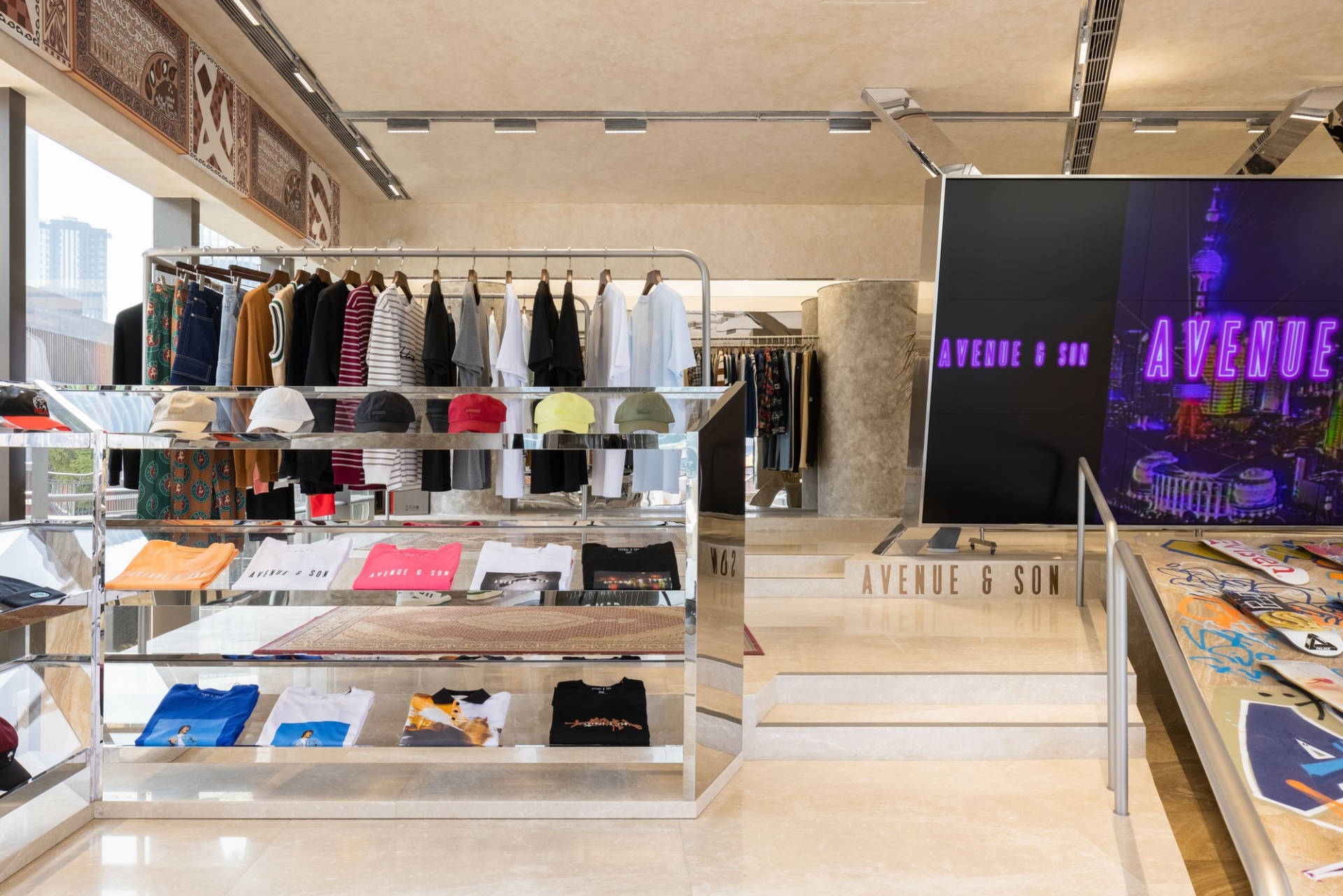
Yang: In fact, I think the most important aspect in design is whether it's good for society or project owners and what is the resonating point for everyone? After this resonance is found, many appropriate designs will be constructed accordingly.
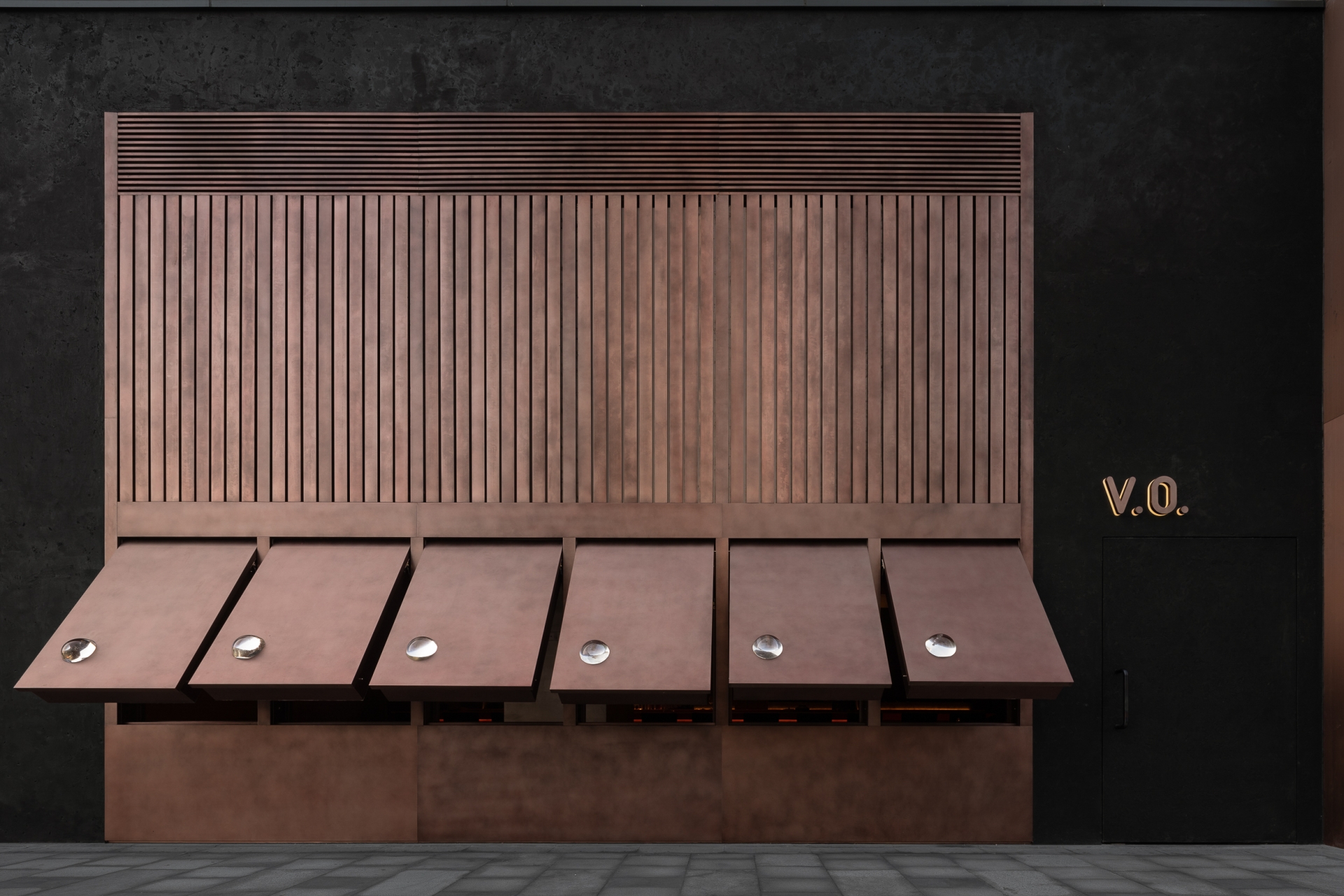
Among the many projects designed by Various Associates, which one is of unique significance to you or the company?
Lin: Various Associates will create a suitable design language for each project, so creativity has its own meaning for our team. Each work actually has a unique meaning for us. For example, we studied MORPH, the first new environmentally friendly material gold brick, to break the stereotype, and Avenue & Son’s Marble Skateboard Park, which combines street with luxury culture. And also a concept to create the first flagship store in Asia for adidas’s home of sports.
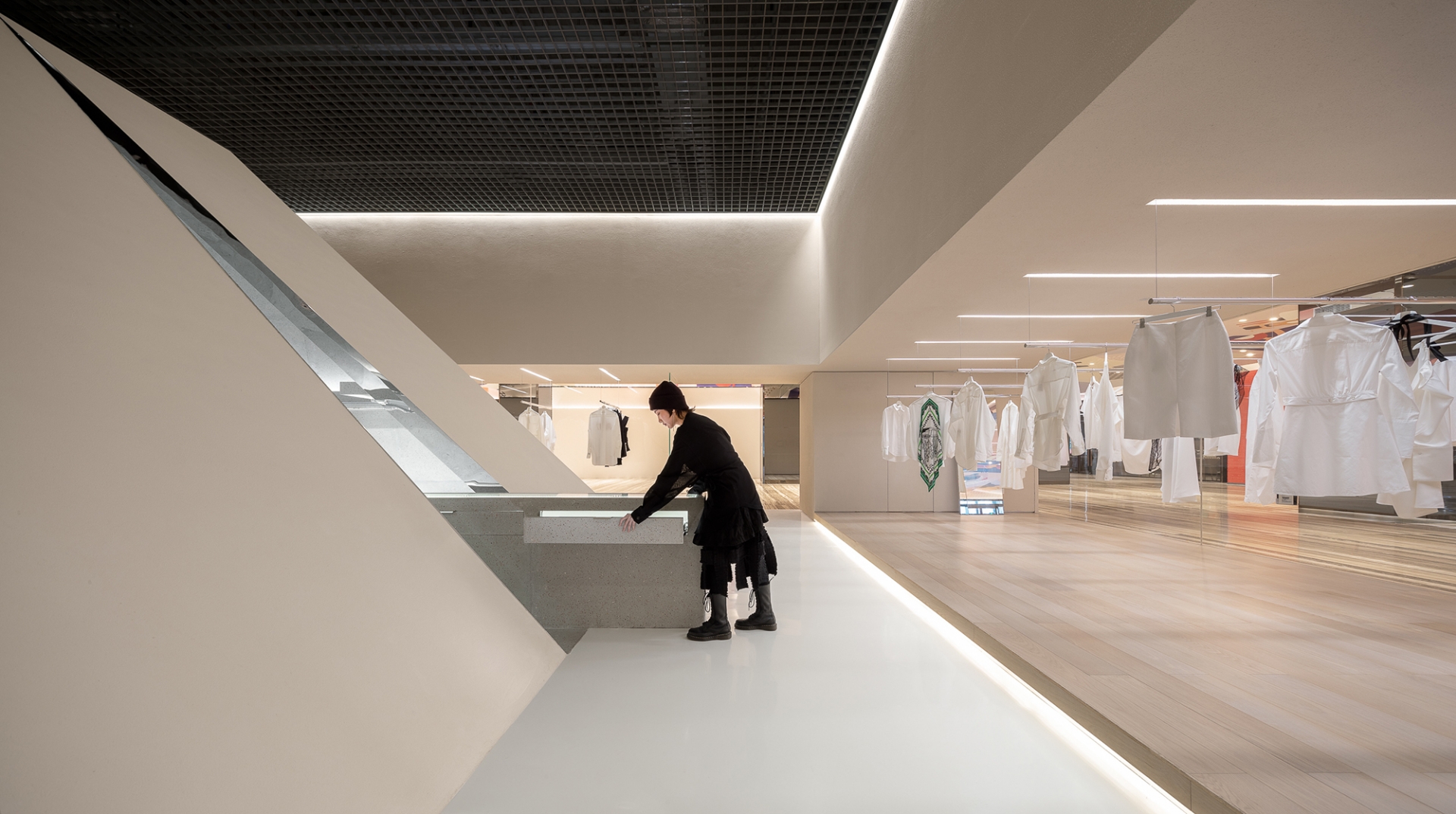
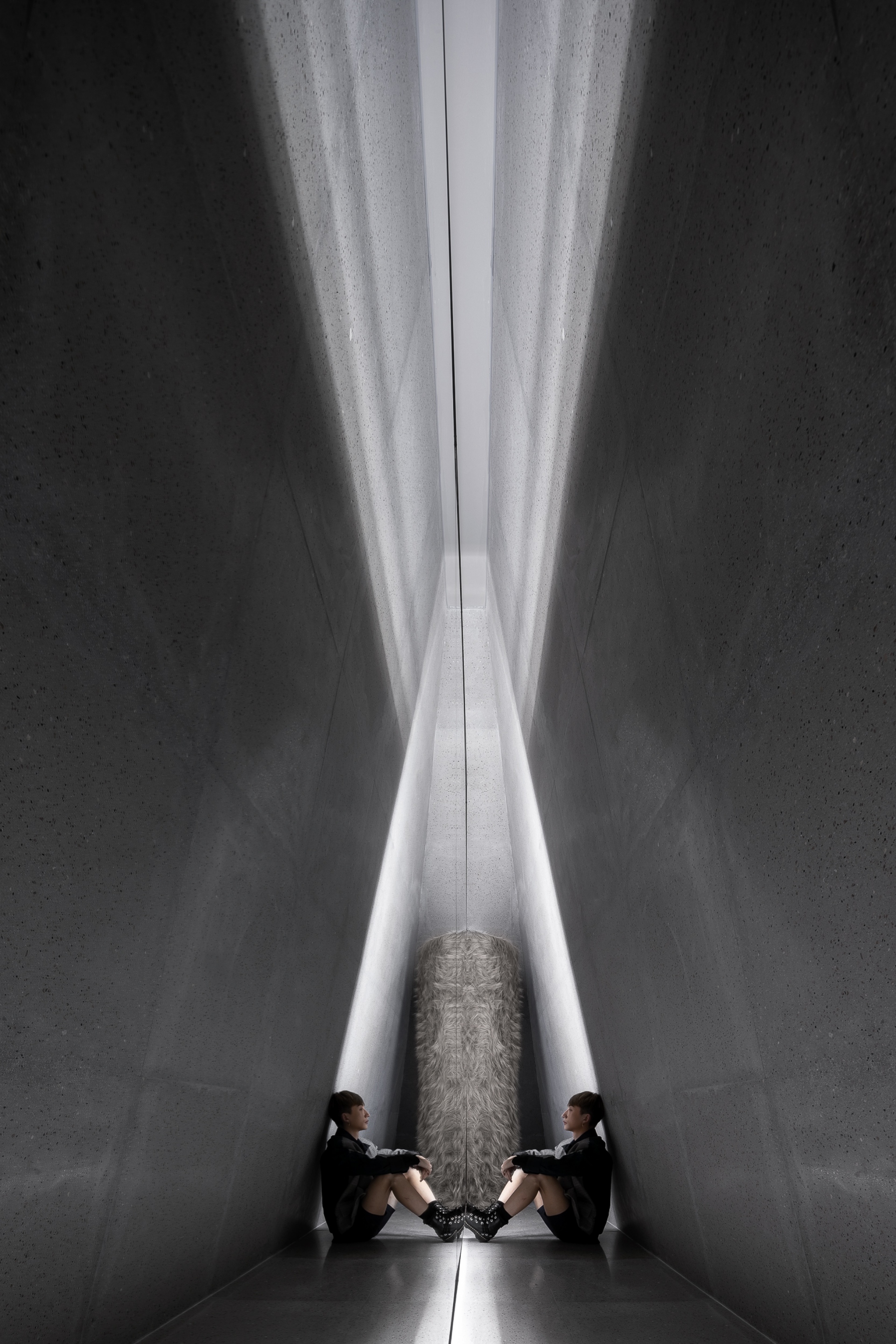
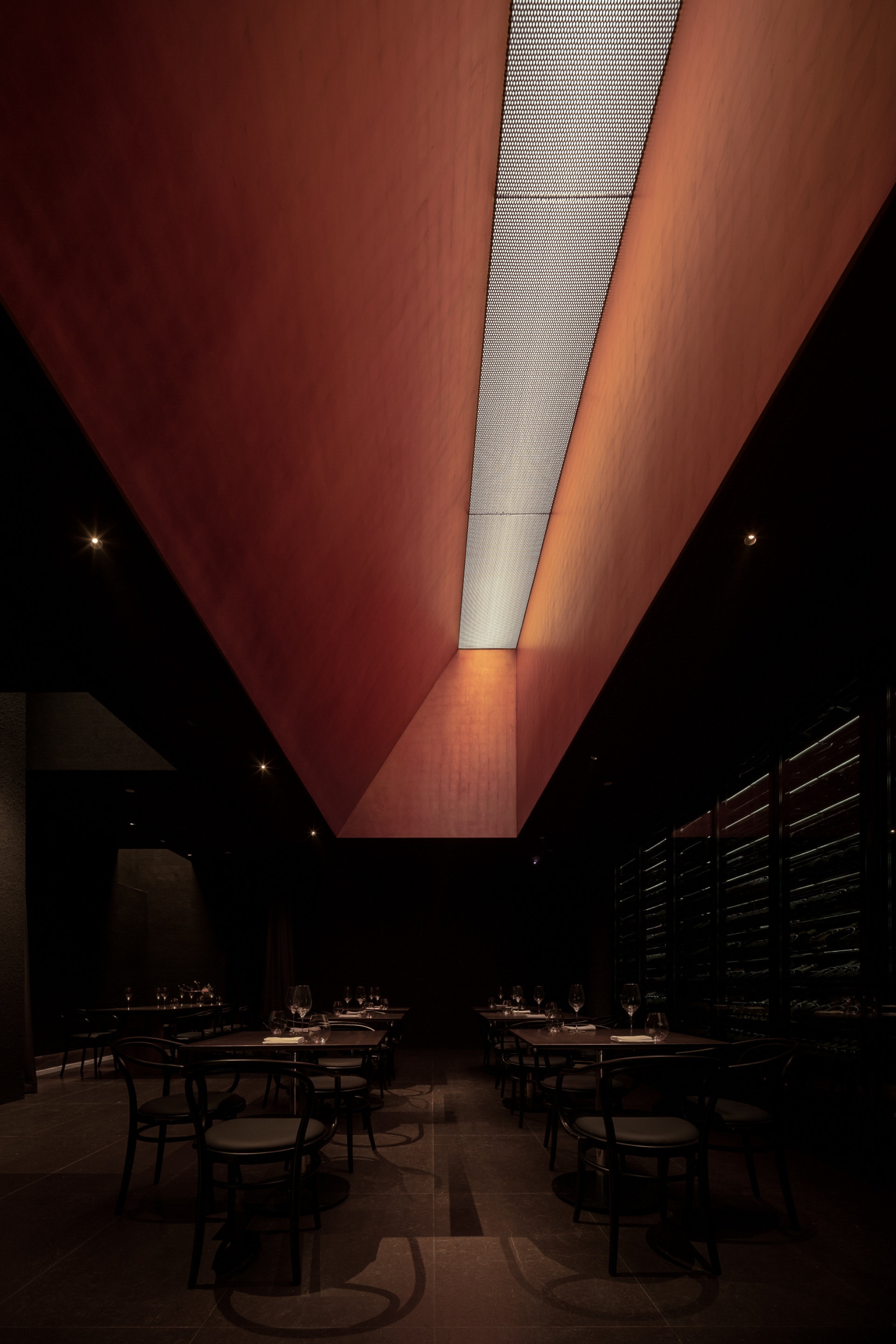
Yang: I think among so many projects, through the interpretation of the two spaces in particular - SND Buyer Store and V.O. Neighborhood Organic Restaurant - more people have come to know us and Various Associates. What kind of spatial emotion is it creating? For these companies, each of them has broken certain boundaries and norms in this industry, made innovative attempts and applications, and has been recognized by many people. In fact, these two spaces have a spatial feeling of emotion.
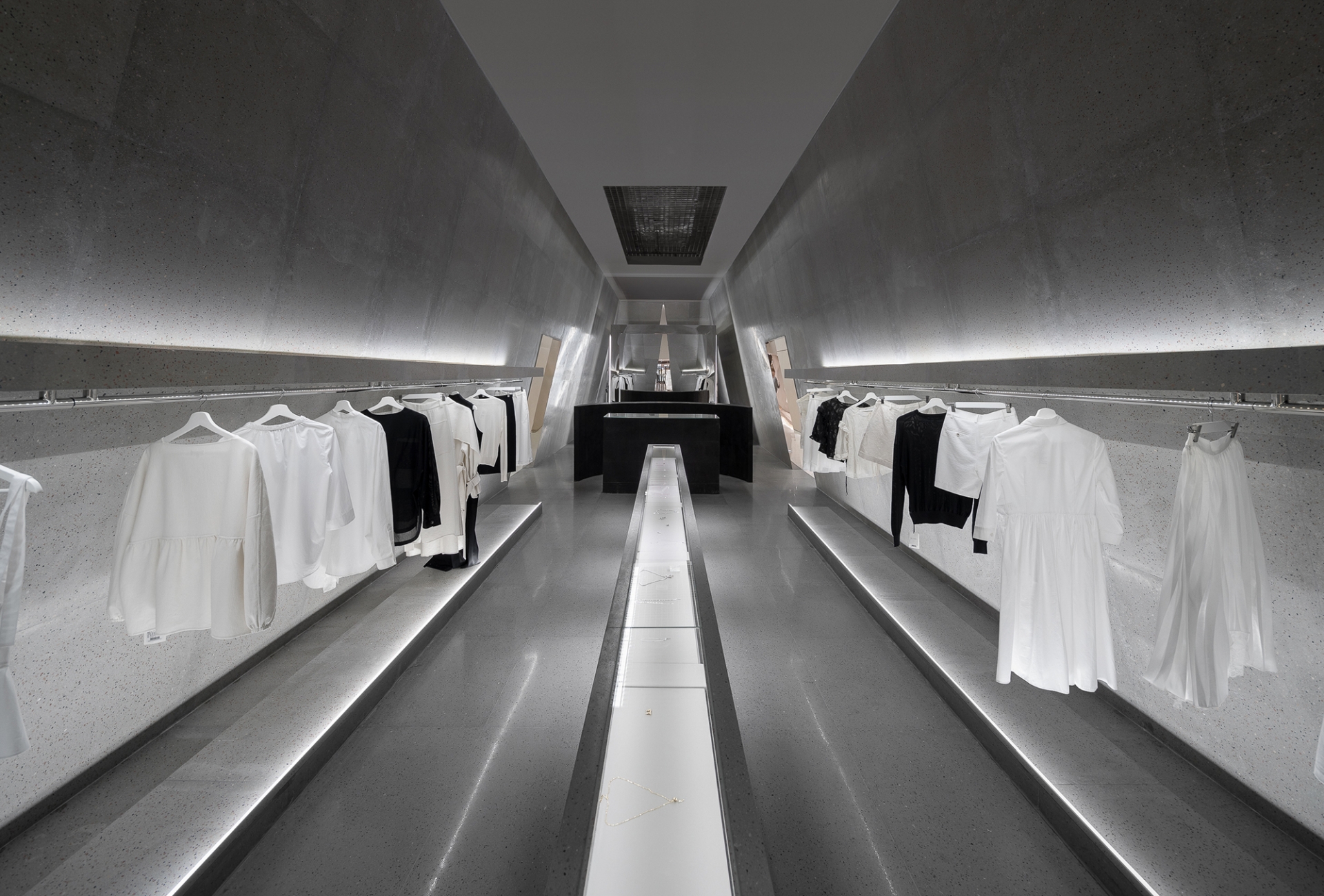
What is your opinion on the future development of Chinese design?
Lin: The design circle has been developing vigorously in the past two years. We can see the rapid rise of many small creative companies and the rapid implementation of many projects, but we are also faced with the popularisation of the sense of form following the "quick" implementation of projects. Good design must be able to connect function, use and aesthetics. So in the next five years, there will be a period from the heyday of effectual design to the cooling-off period, and more owners and creators will go back to thinking about the essence of a good project. The future designed by China is a symbiosis of crisis and opportunity.
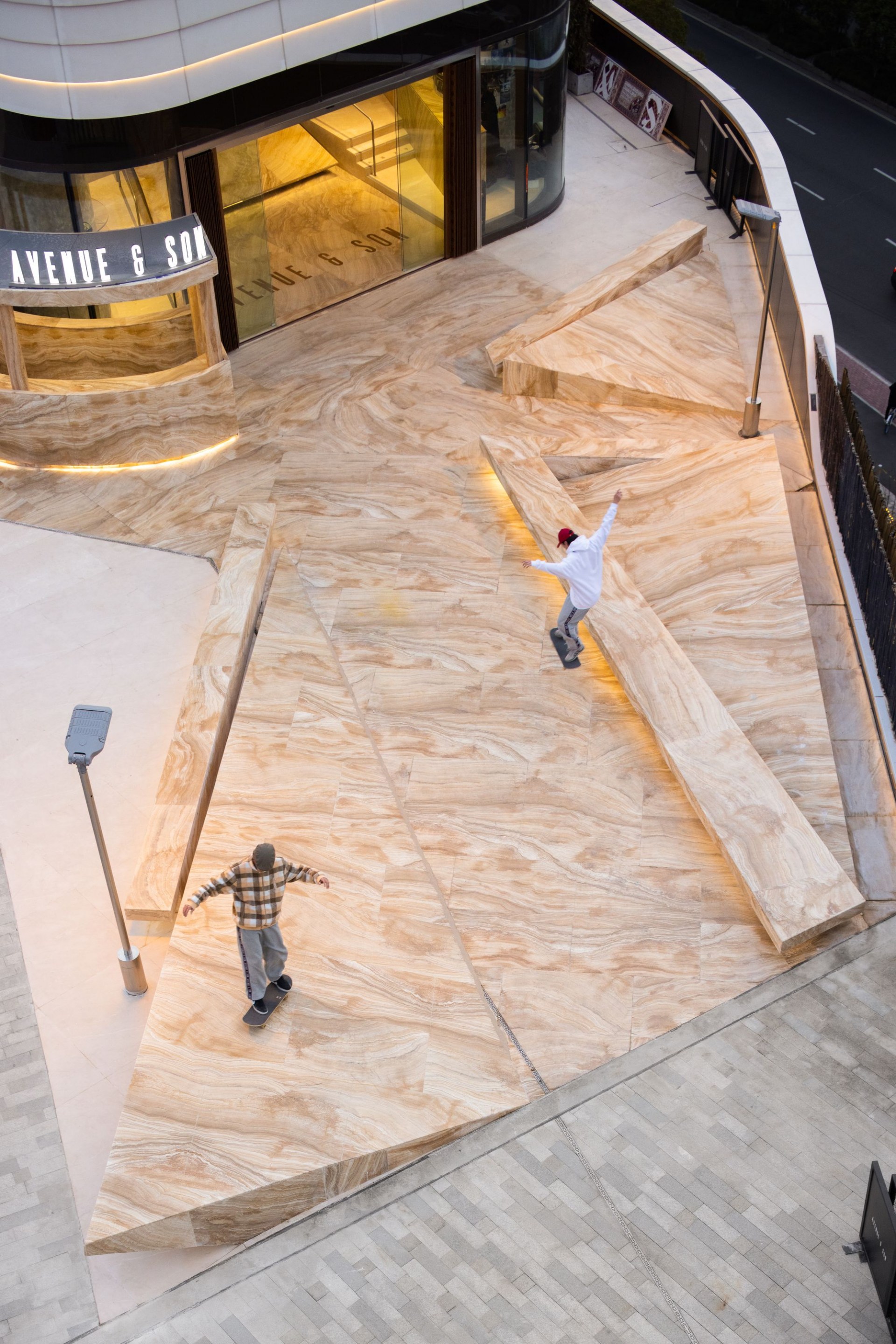
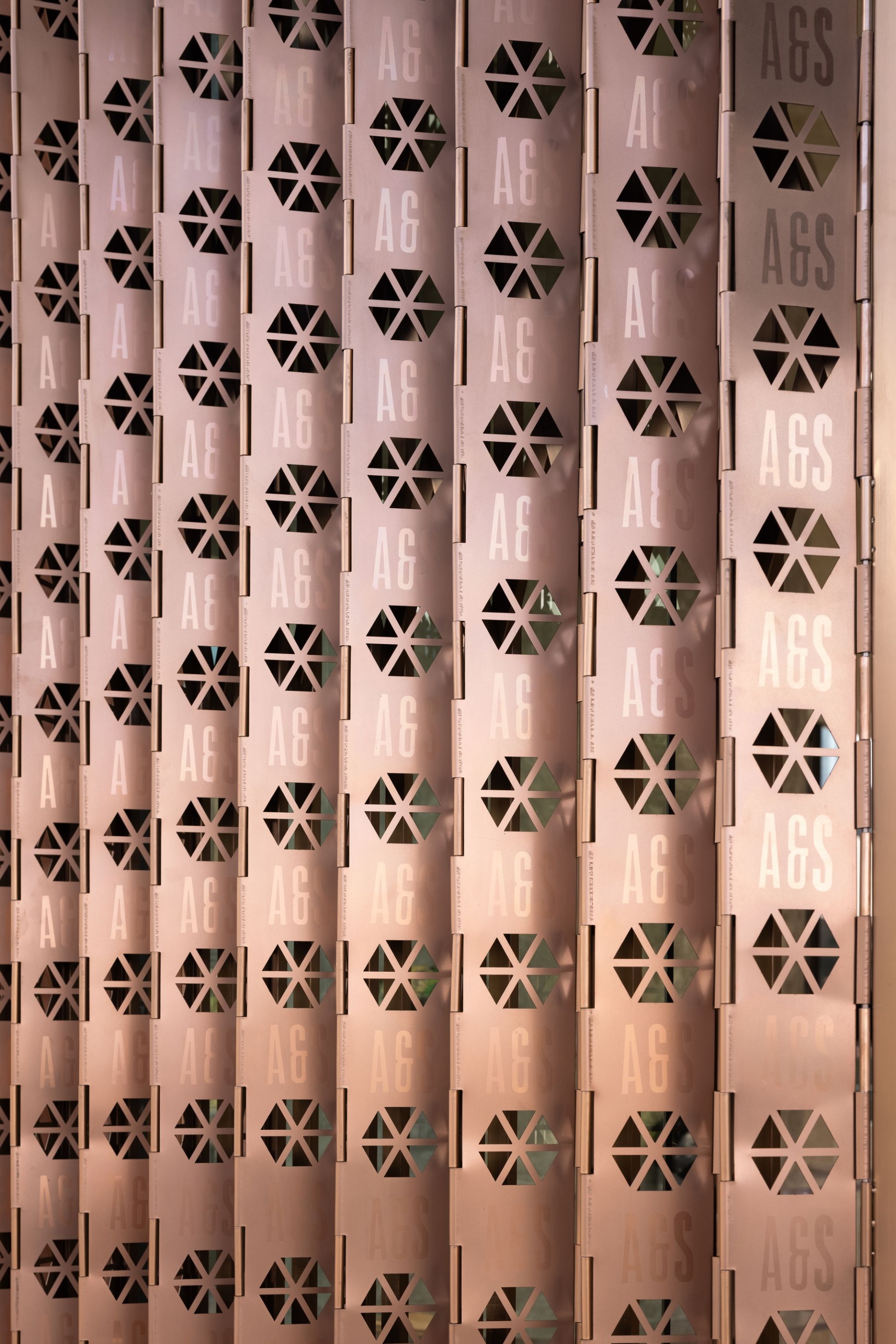
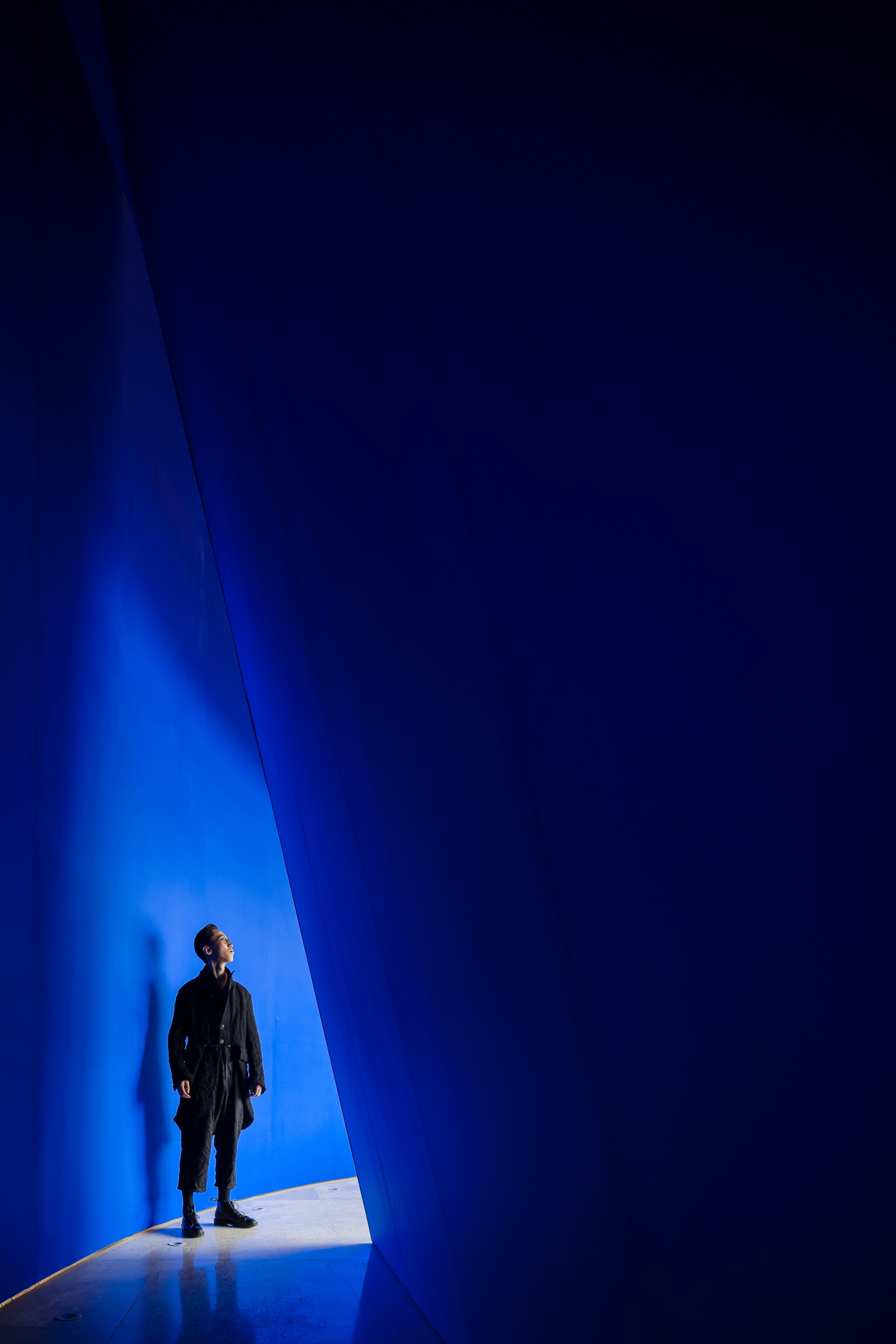
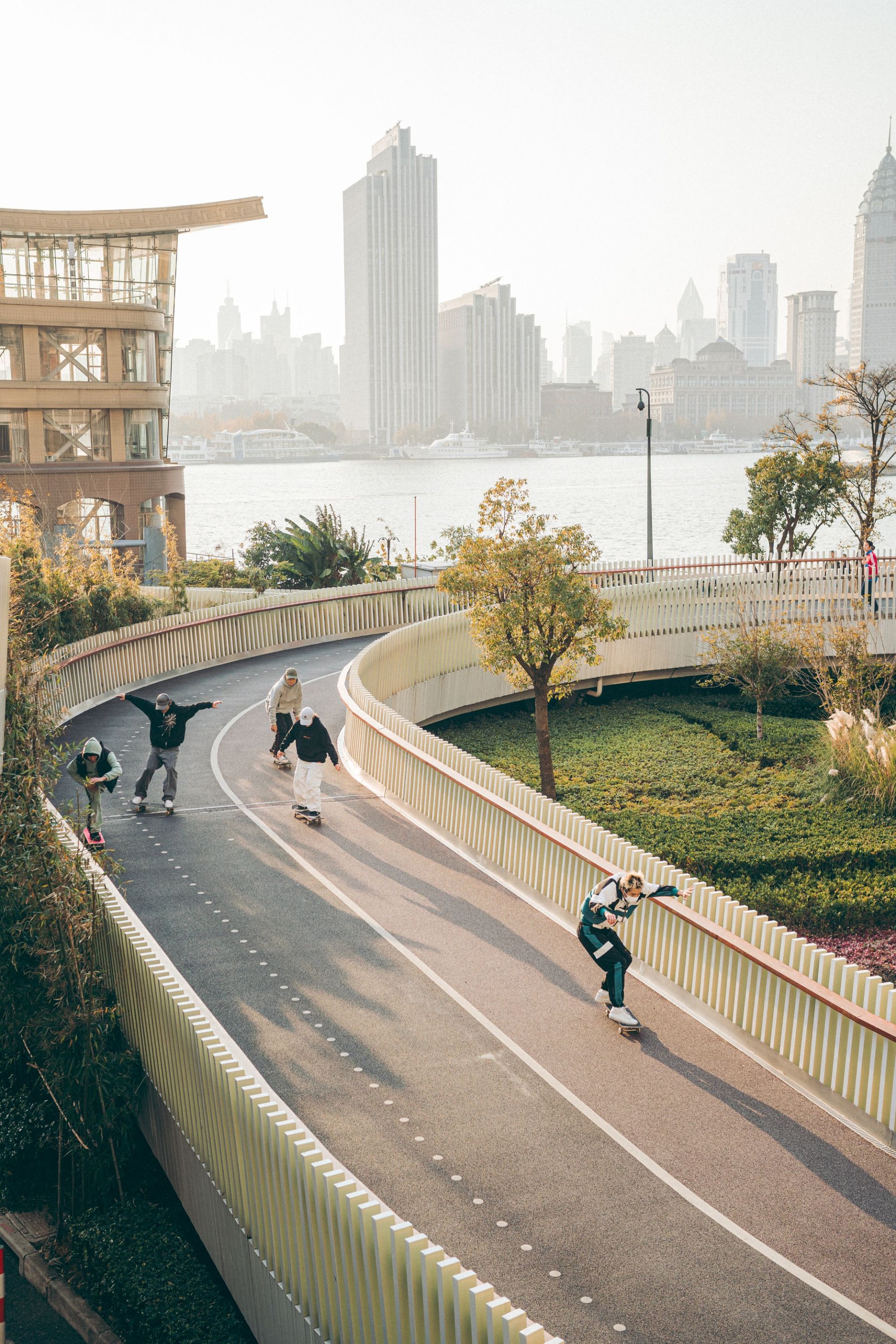
Yang: Yes, it is a process. I personally think that the overall development of Chinese design is currently in a period of passionate love. I think the next development will be a stable period, and then there will be a cooling-off period. These stages will show different states. I hope that during this period of passionate love, a hundred flowers can bloom, and finally with the development of the times, the classic, timeless works will be left behind.
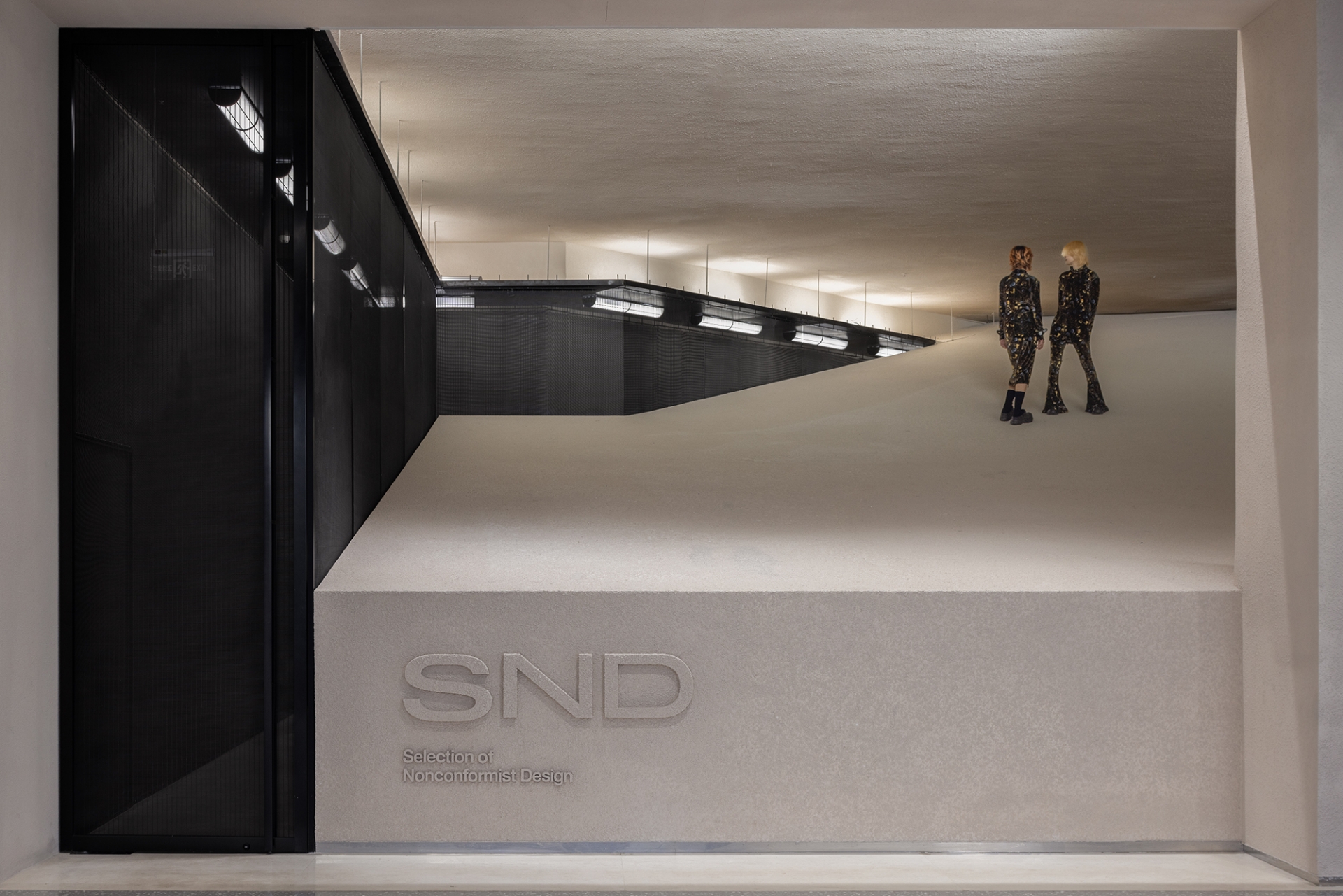
What hobbies do you have and how do these activities influence/construct the creative perspective of Various Associates?
Lin: We have always been people who like to travel and experience, because new things, cultures, and lifestyles need to be experienced to ensure a deeper understanding. The premise for the birth of different ideas are these personal stories and scenes. When they become nutrients and combined, they bloom with emotional flowers.
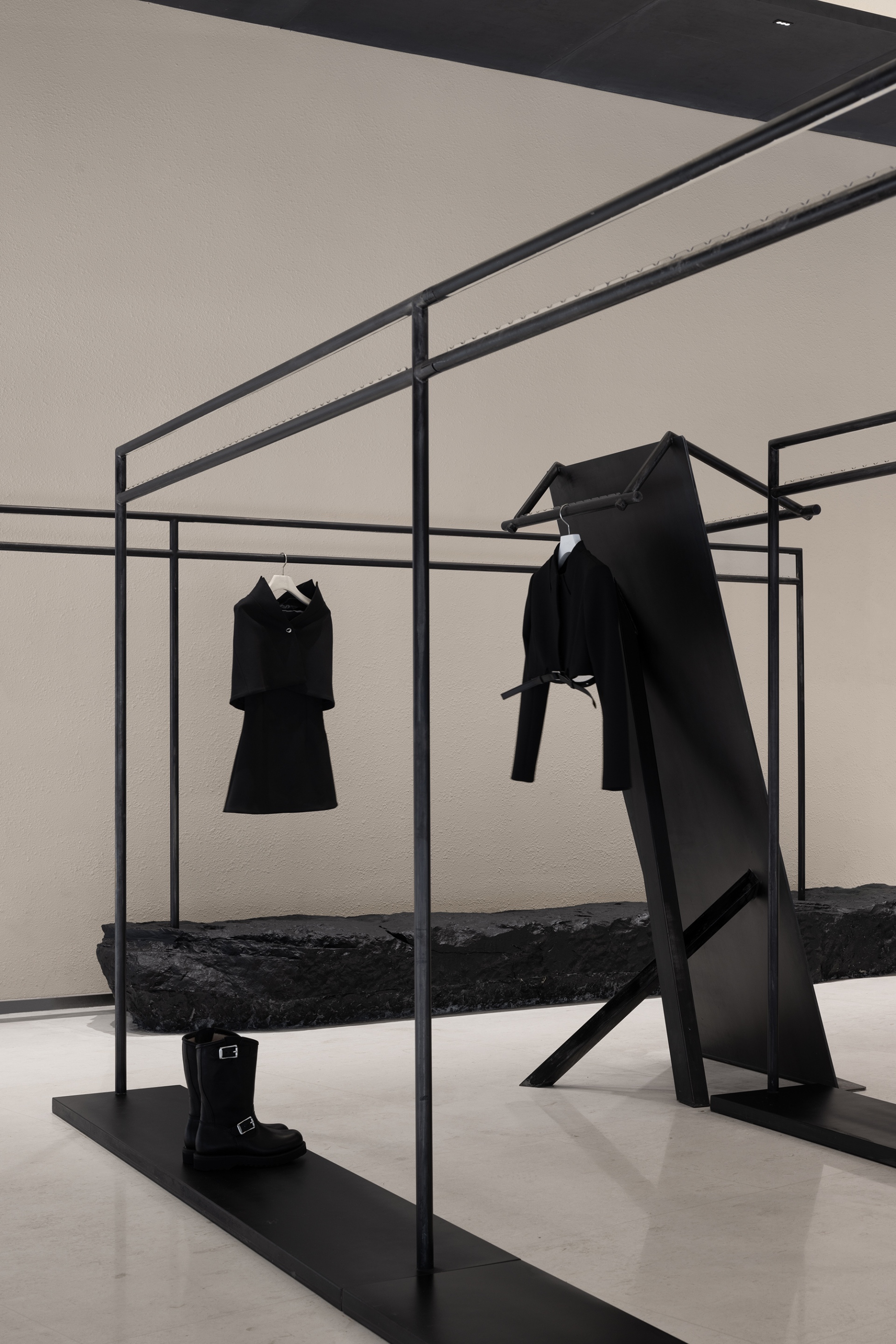
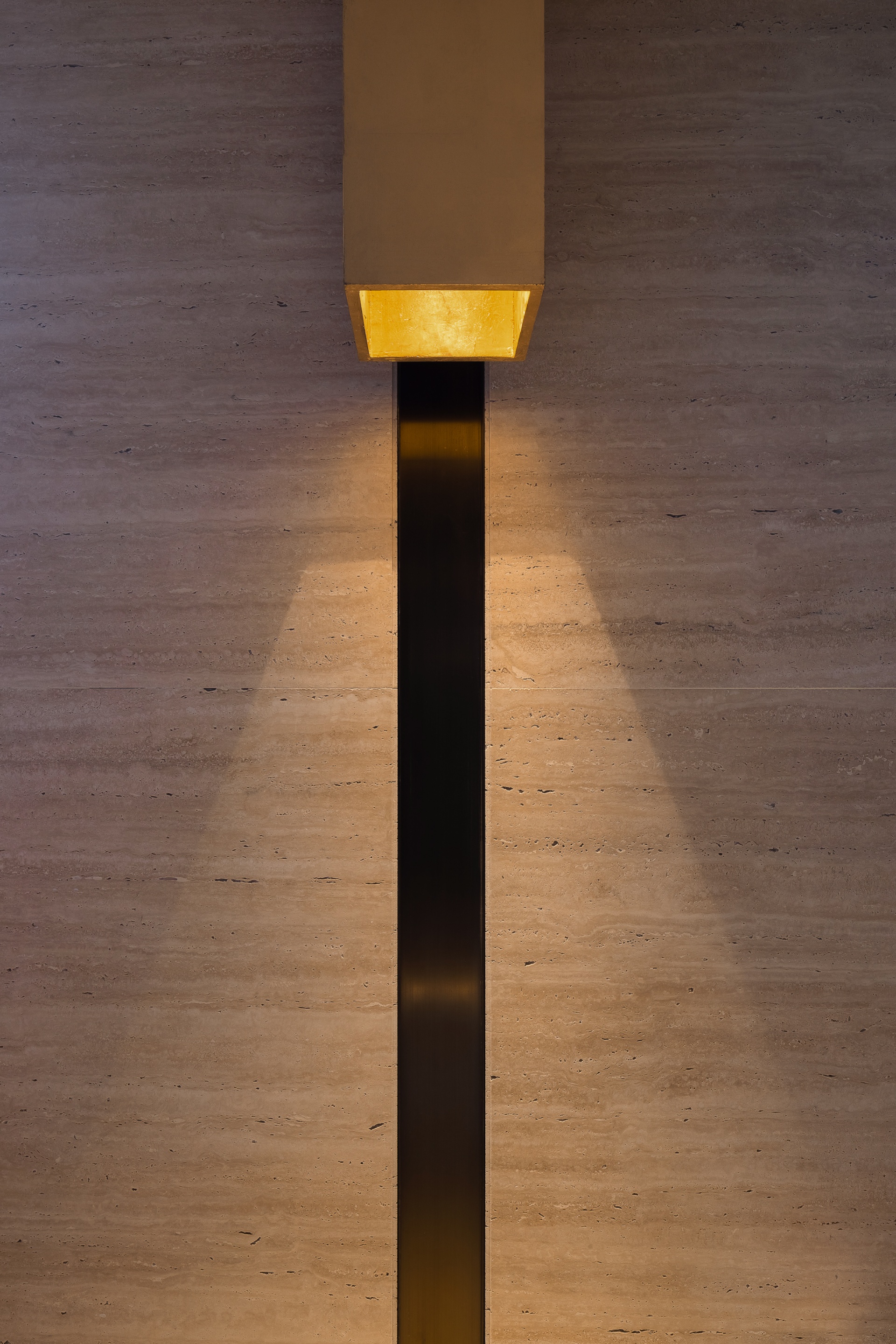
Yang: Yes, I like to observe the more beautiful things in life, and then record these beautiful things. I feel that maybe one day, it can be converted into a design language.
Who/ What is your dream project/client?
Lin: We hope that more projects can be co-created with suitable customers. Combining the advantages from both parties and the works generated under the grand worldview can guide the development of the industry and open up new possibilities of imagination. The premise is that everyone needs to have enough imagination, action, and break some "natural" dogmas of the world, to create according to real needs.
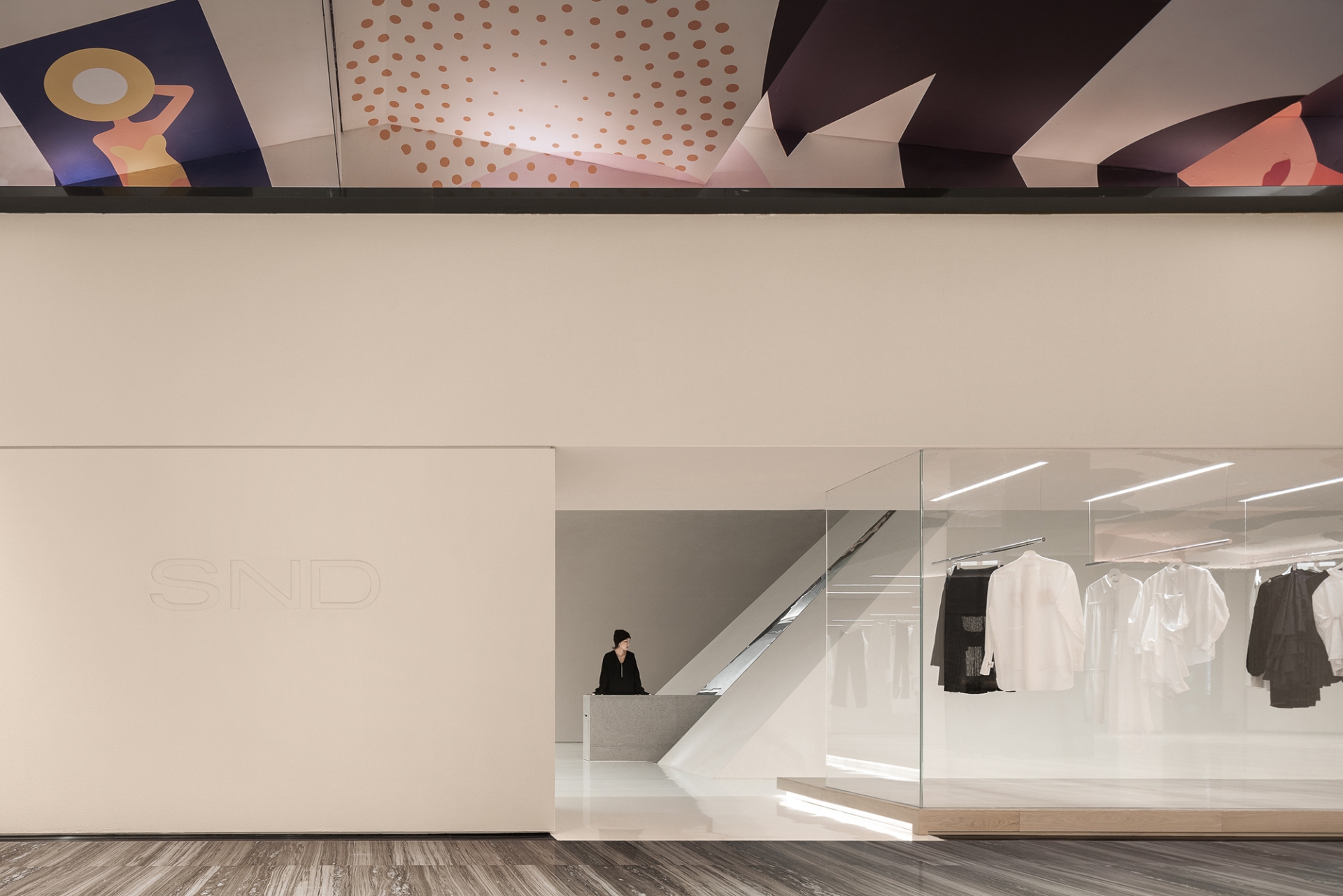
Yang: To put it simply, I think these are projects and clients that resonate with our company. I have no rules that I must not do projects. Two collaborative parties are like falling in love - they have to resonate or complement each other. If both are fully responsible for the project, its content will have a sustainable development.
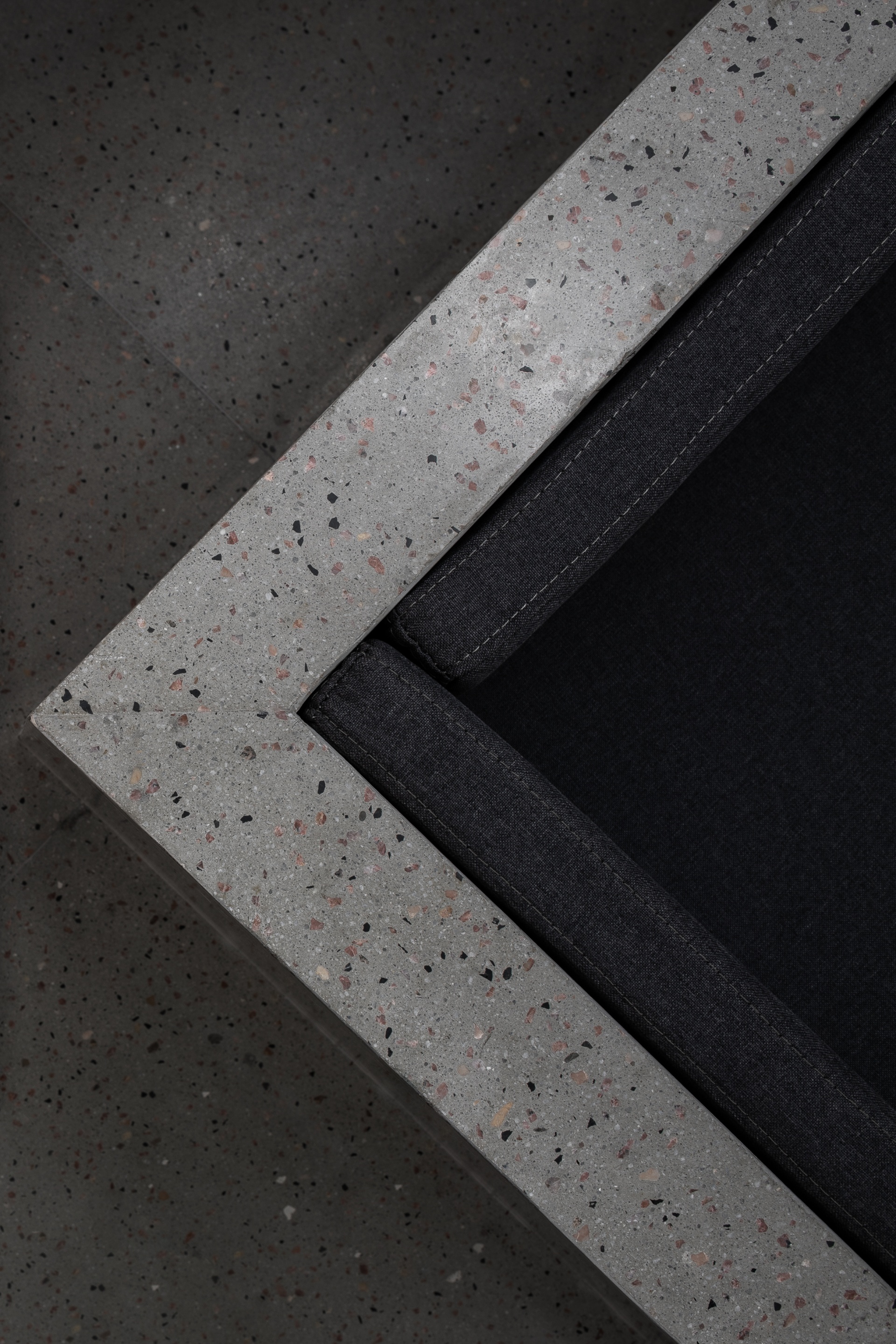
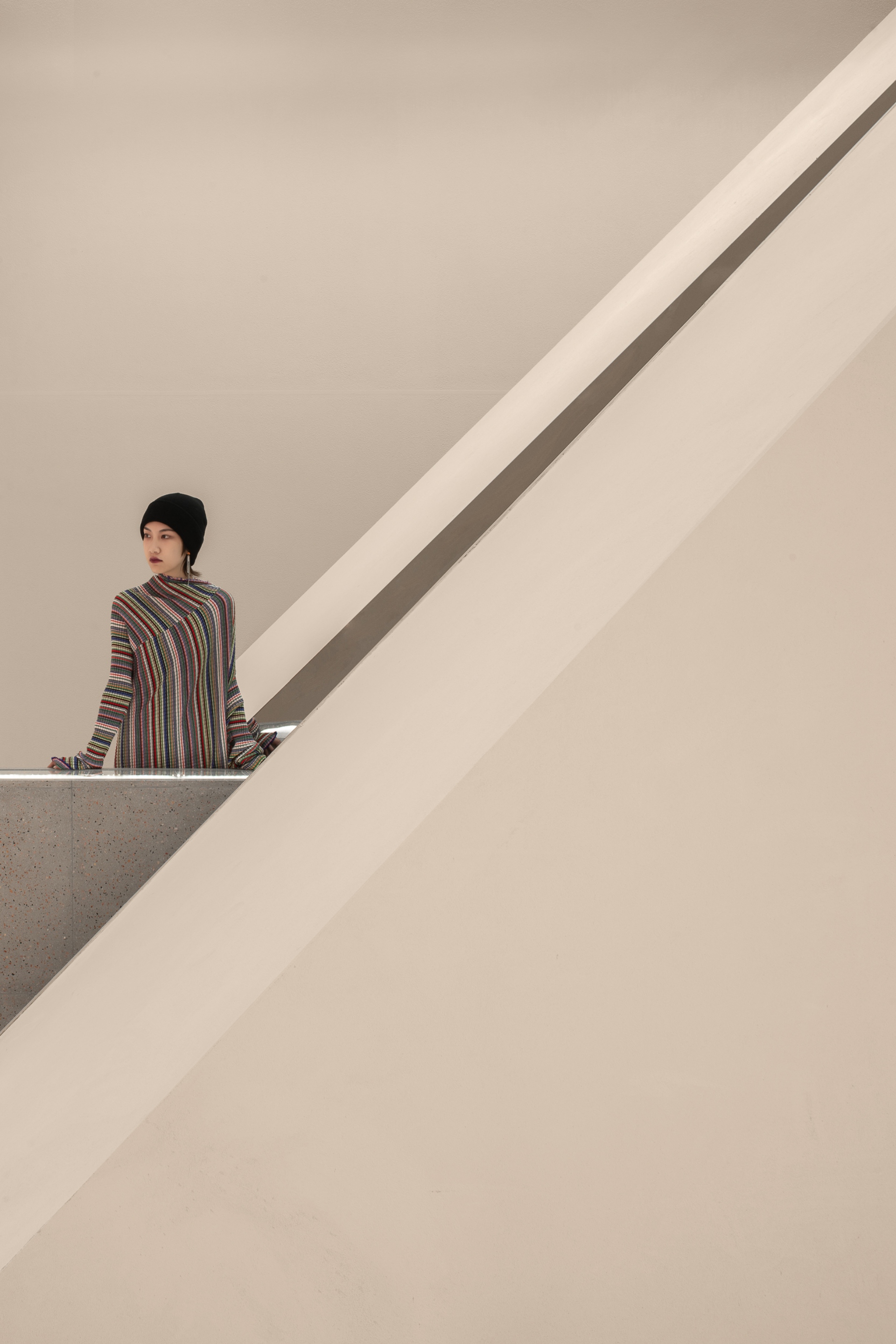
Can you disclose the design elements that are currently being processed?
Lin: Recently, the words and descriptions we have used more in our projects are "wild, free and full of texture"
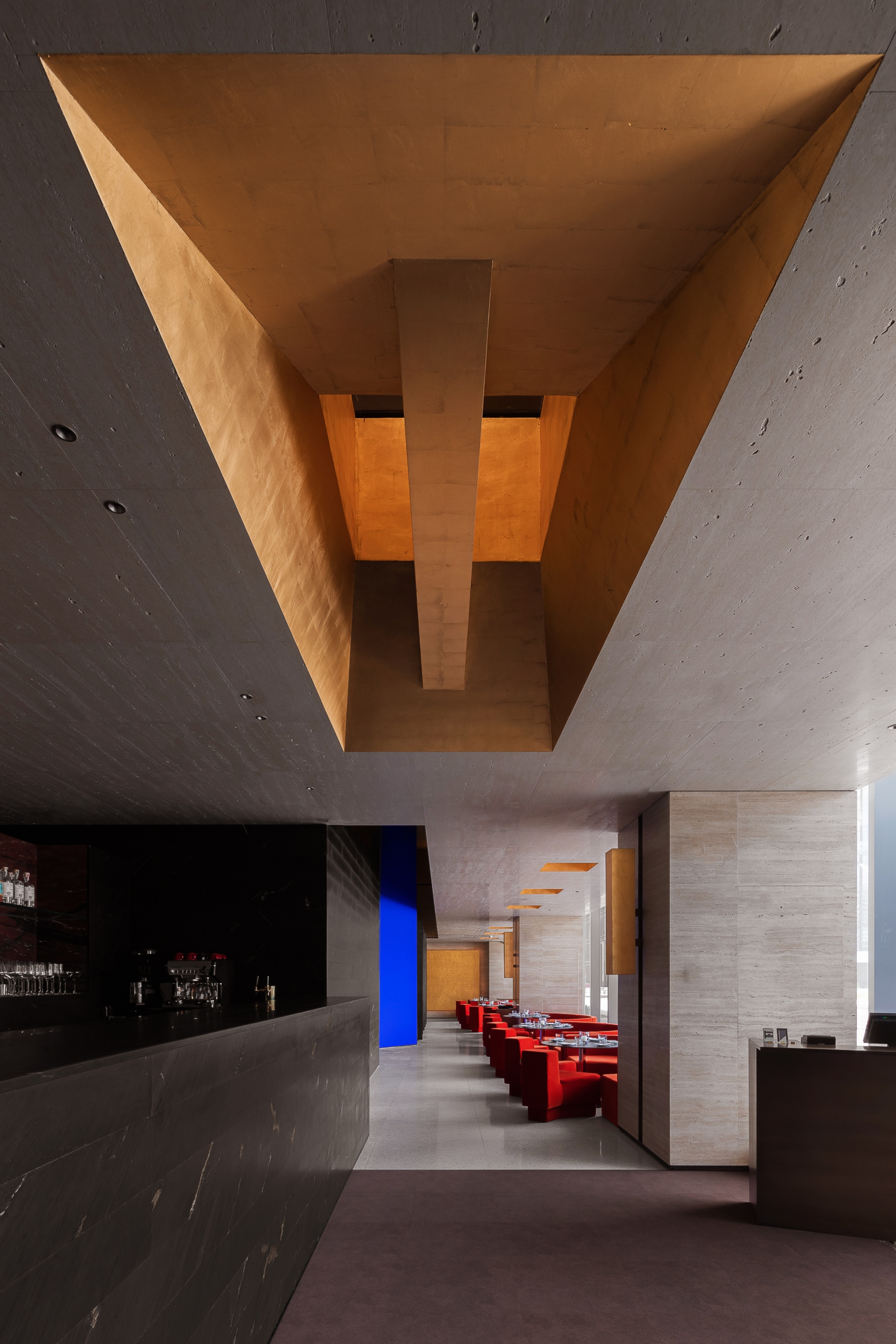
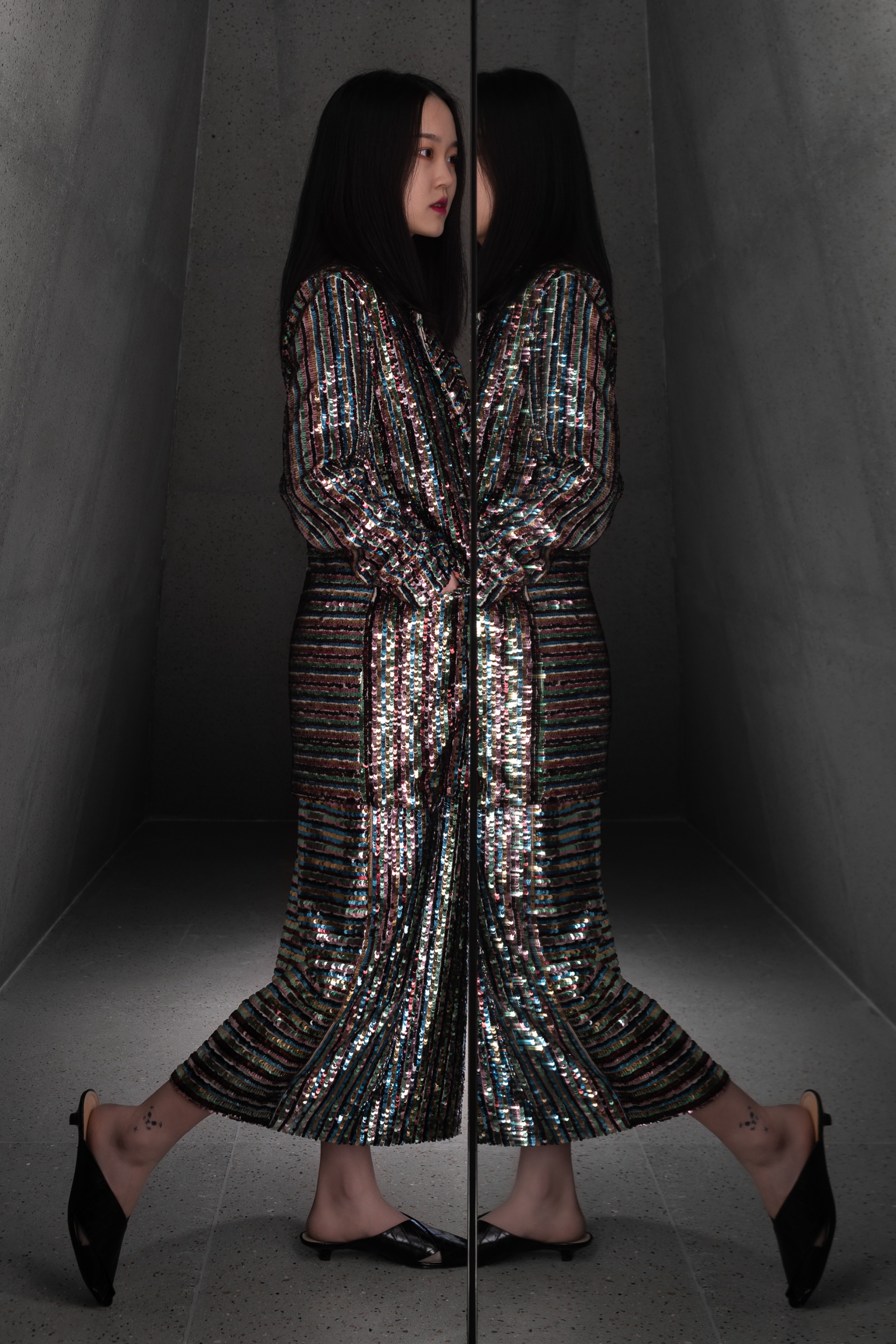
Yang: In fact, I think that all design elements are inseparable from the five elements. The elements in life are also inseparable from the five elements. Elements and materials used include metal, wood, water, etc, so I think the most important way is how to make a reasonable mix among so many elements. The ratio and proportion of elements are like seasonings - each ratio is based on the taste of different people, which means adapting to different customers as well as the nature of different projects.
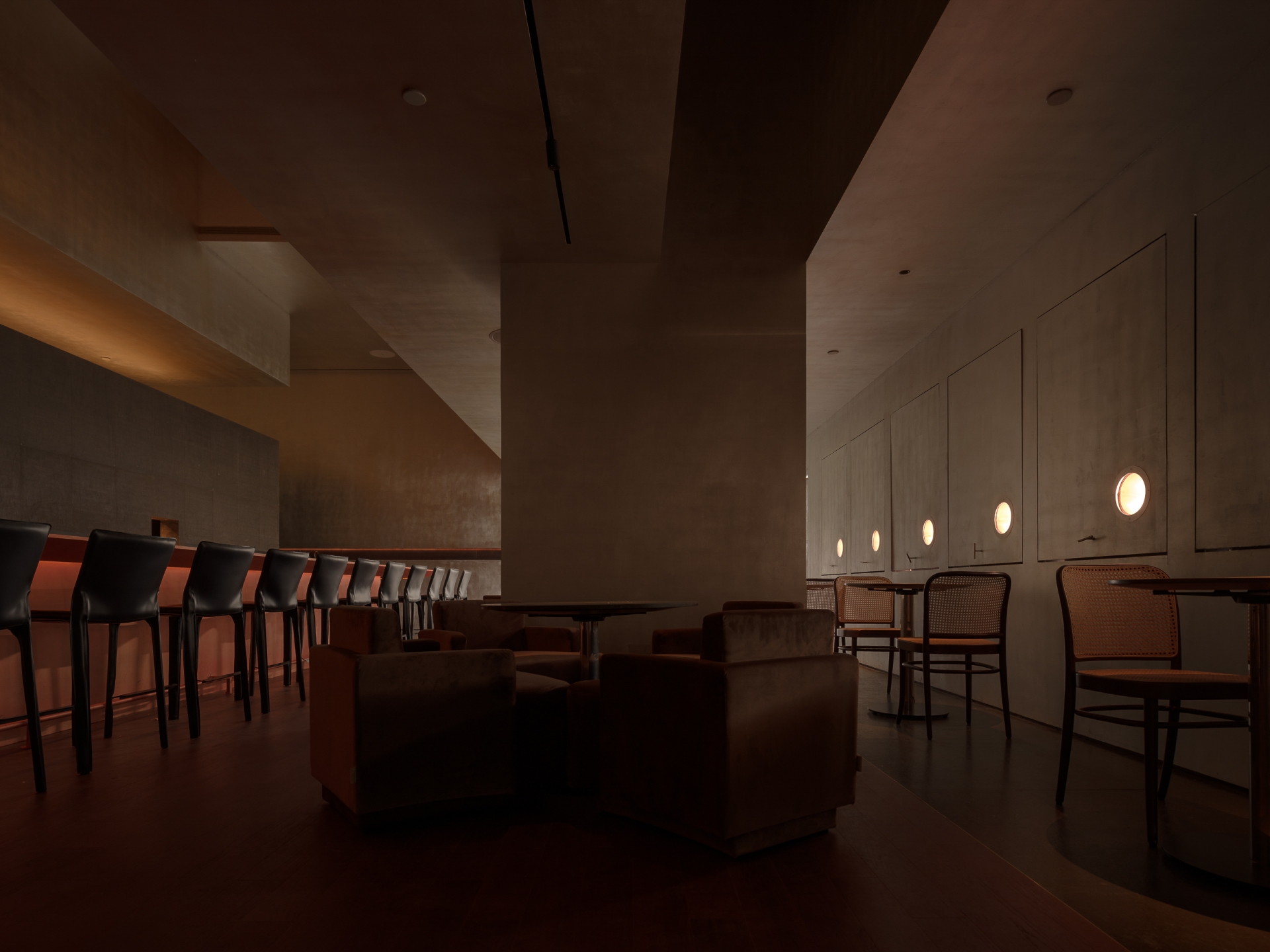
Have you seen any exhibitions or designs recently that left a deep impression on you?
Lin: I recently visited the K11 Musea in Hong Kong. I feel that the design and circulation of this site were extended beyond a traditional, commercial framework, and it also realised the spirit of the venue which is difficult to present in a purely commercial project. I feel that both the owner and the designers made some breakthroughs, and I was quite impressed by this state.
